
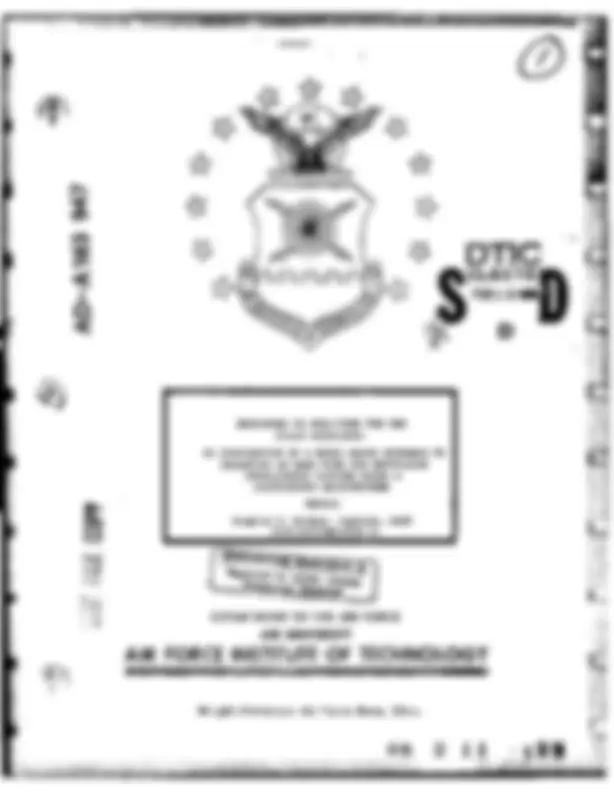
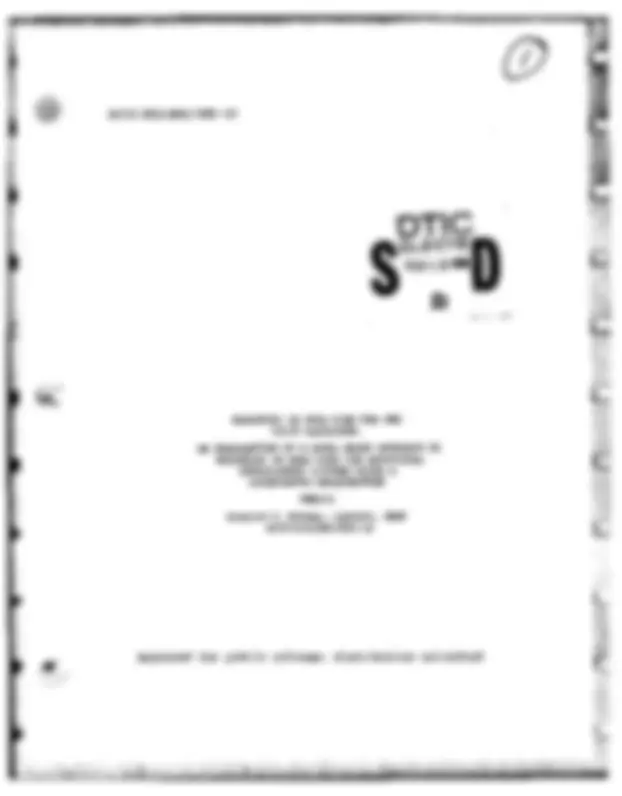
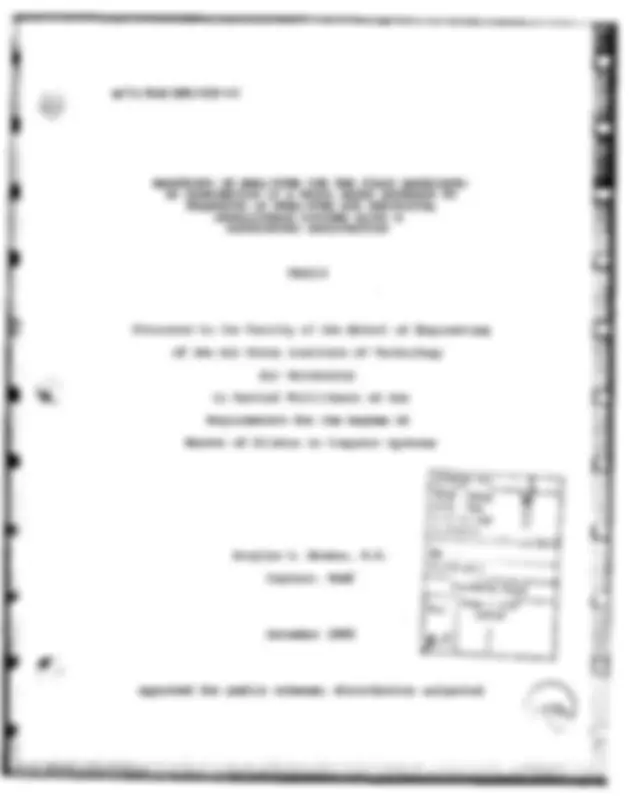
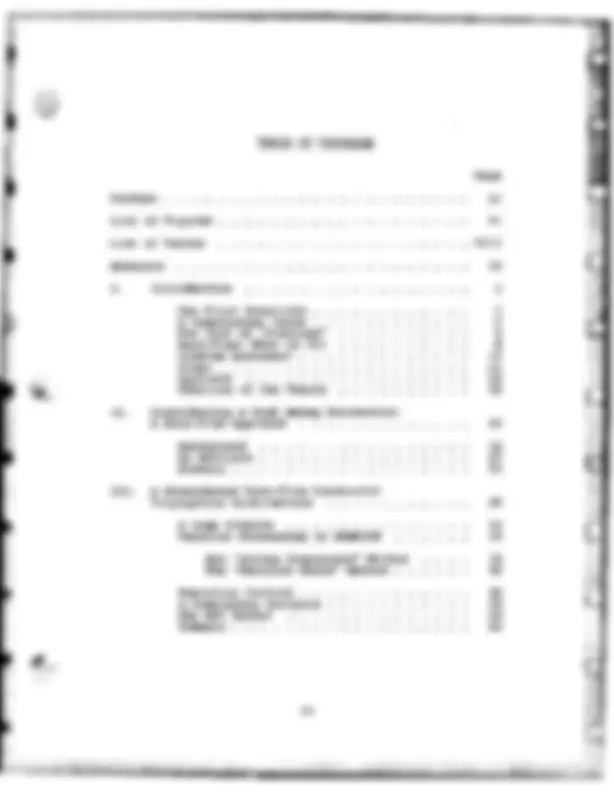
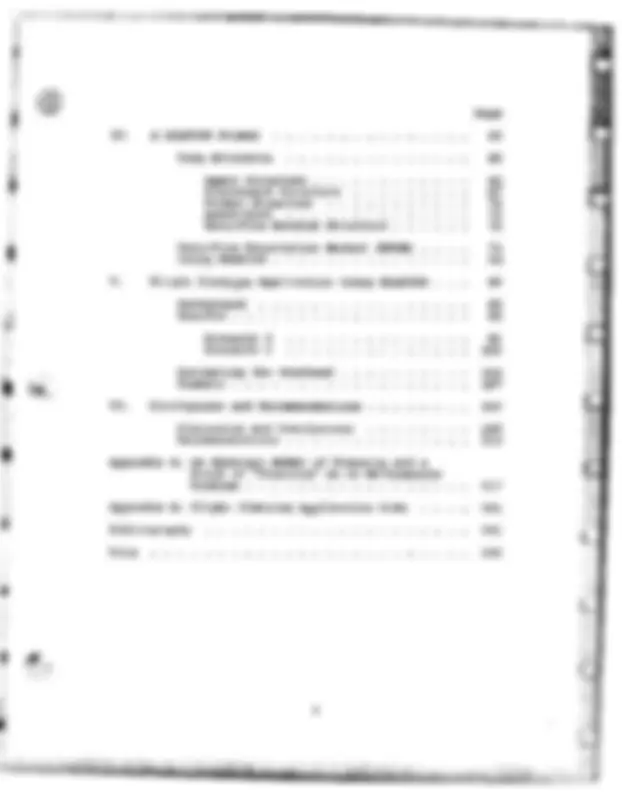
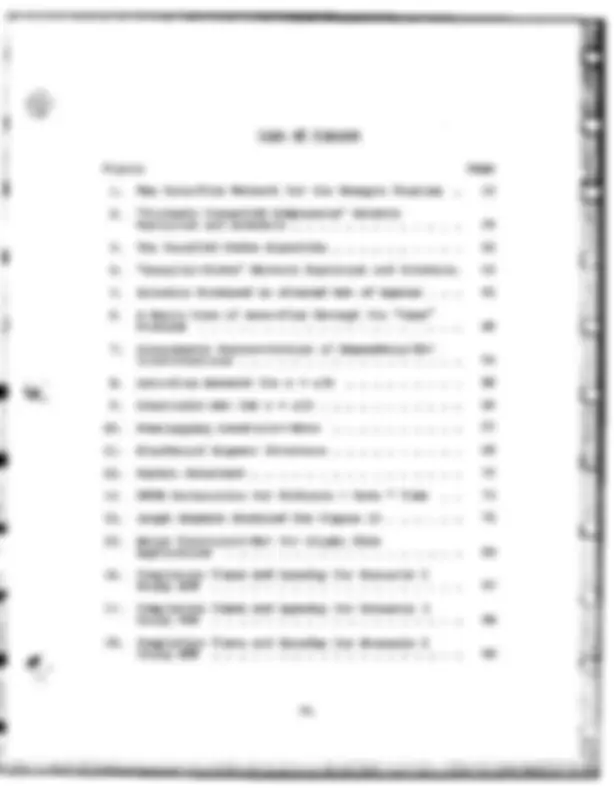
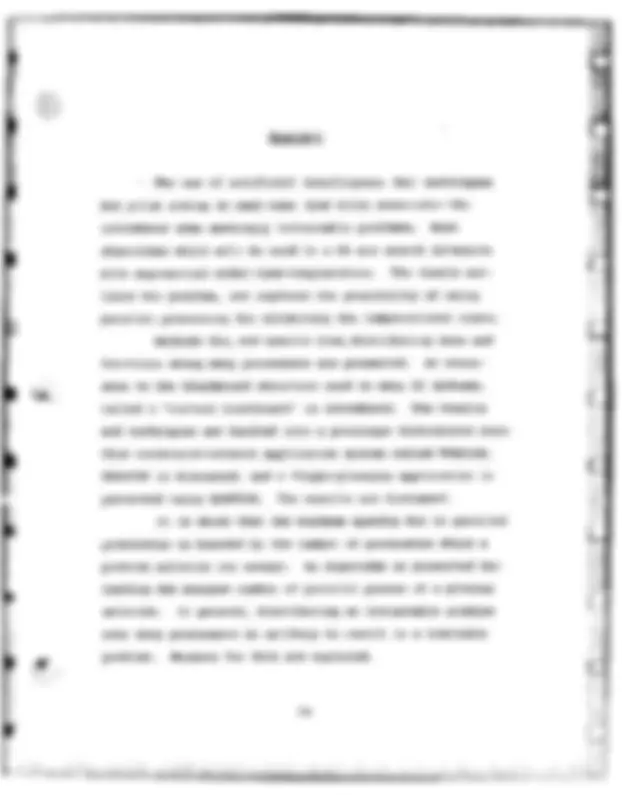
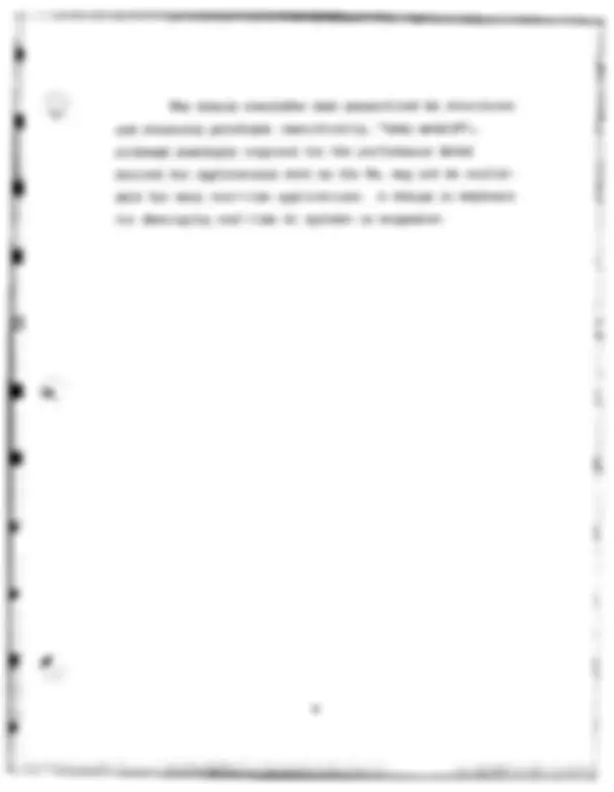
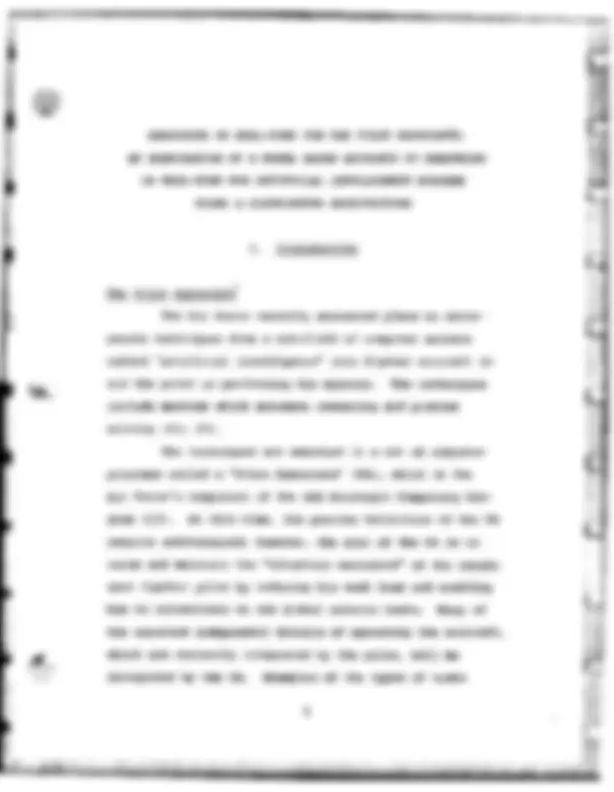
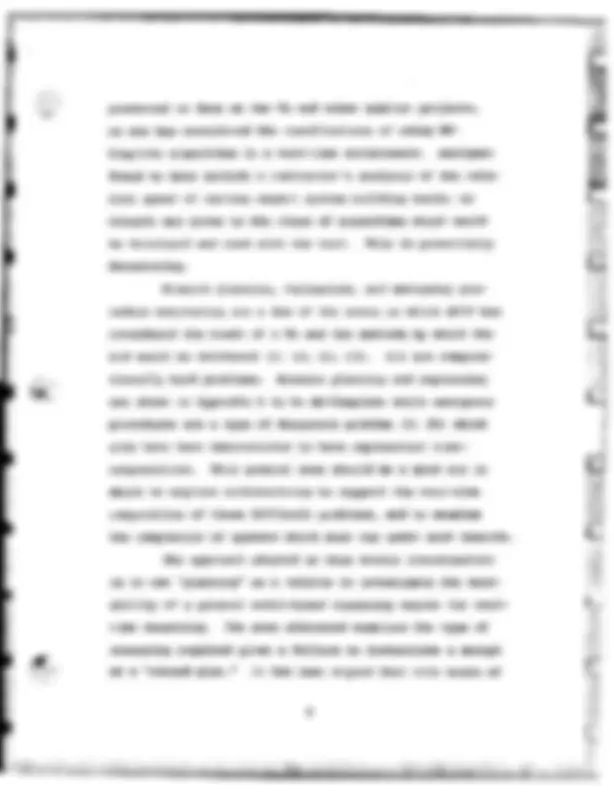
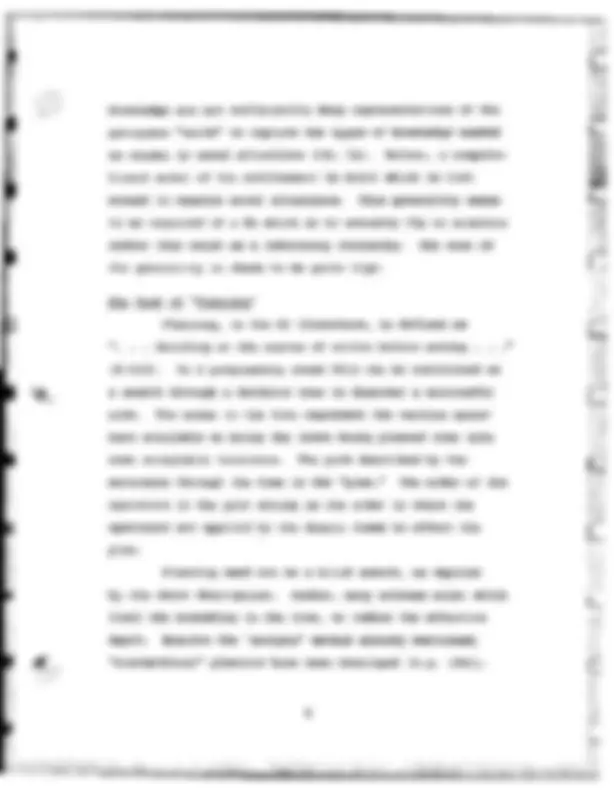
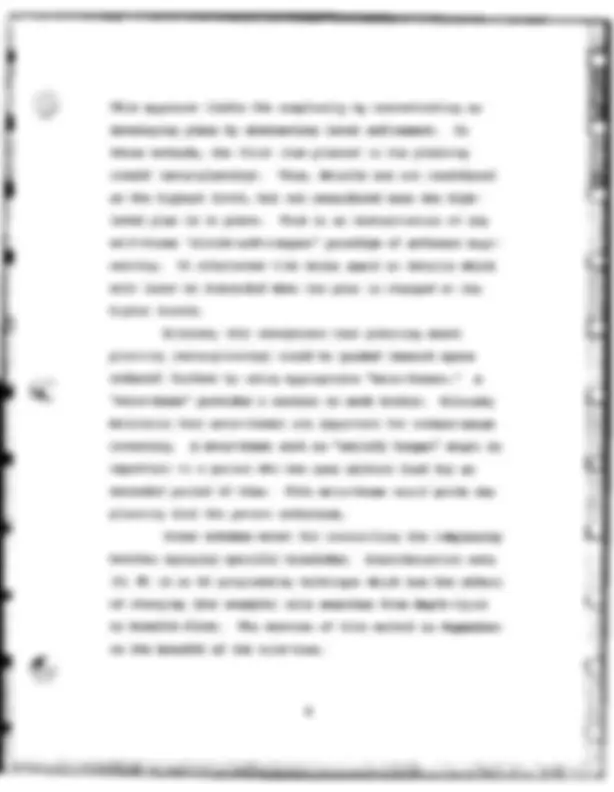
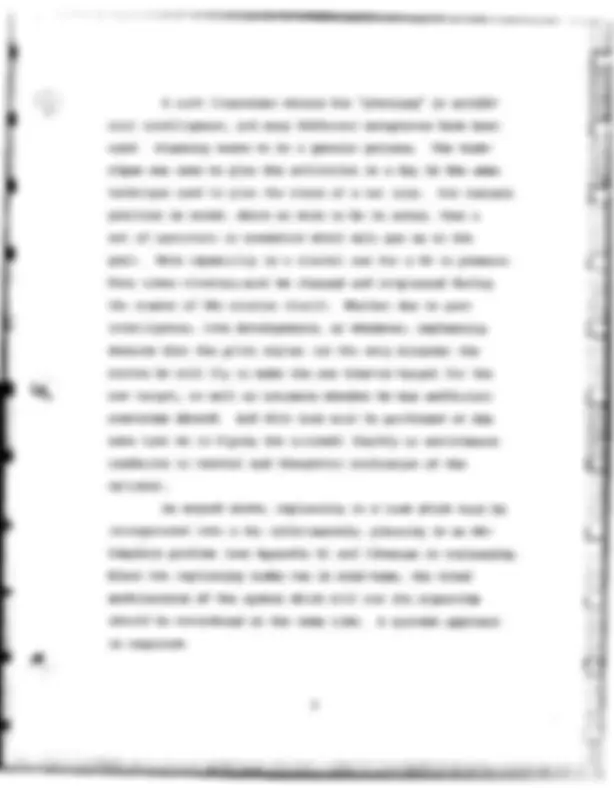
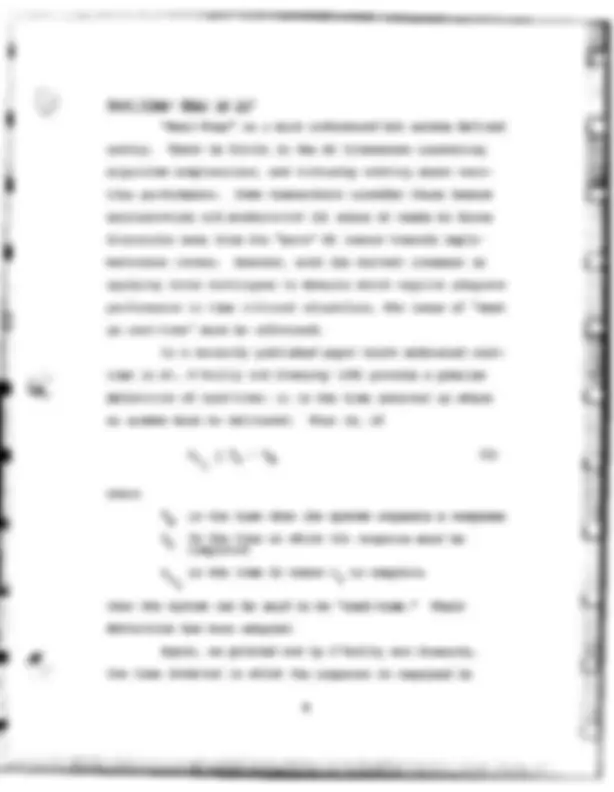
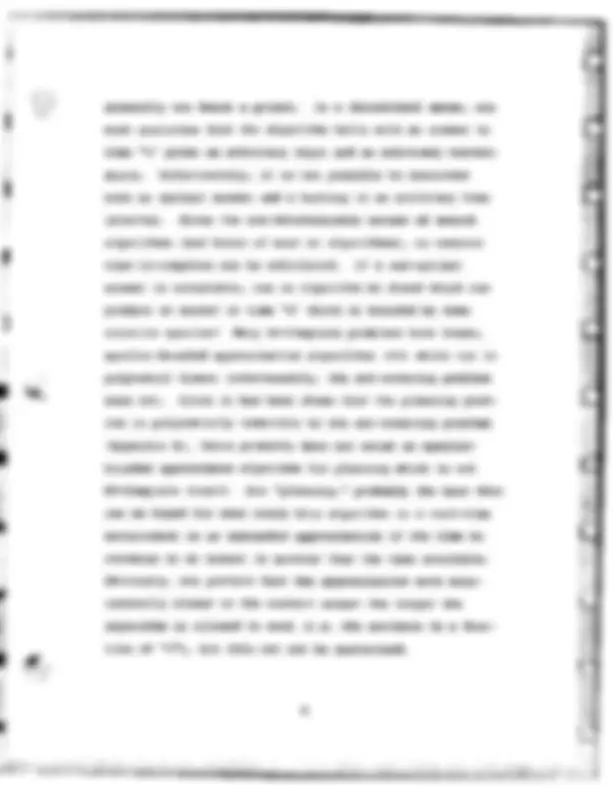
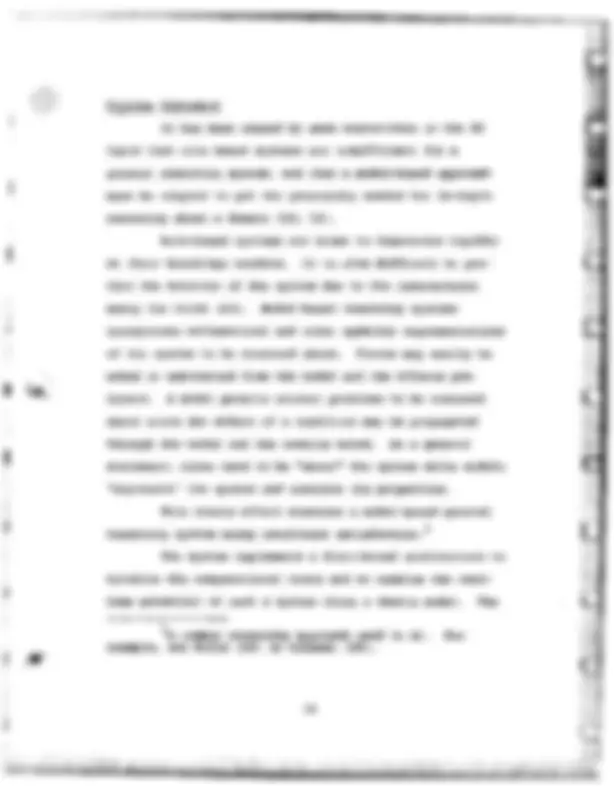
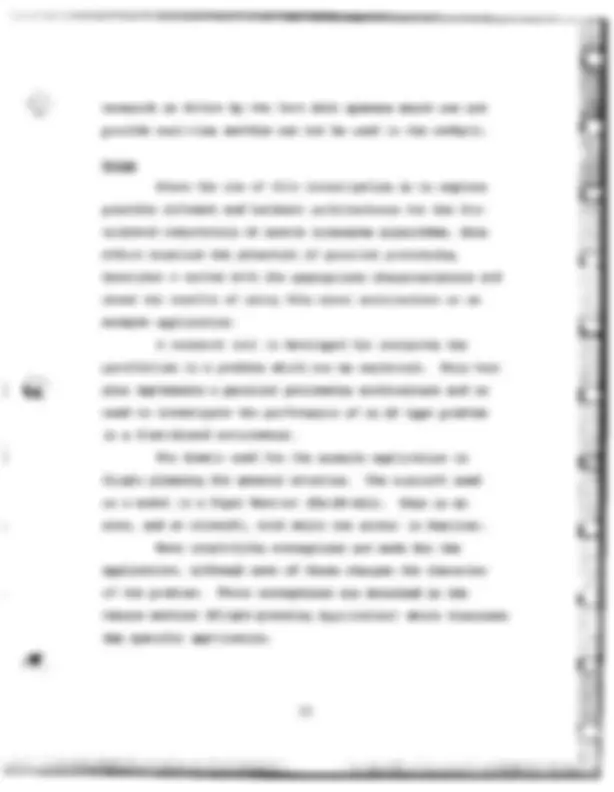
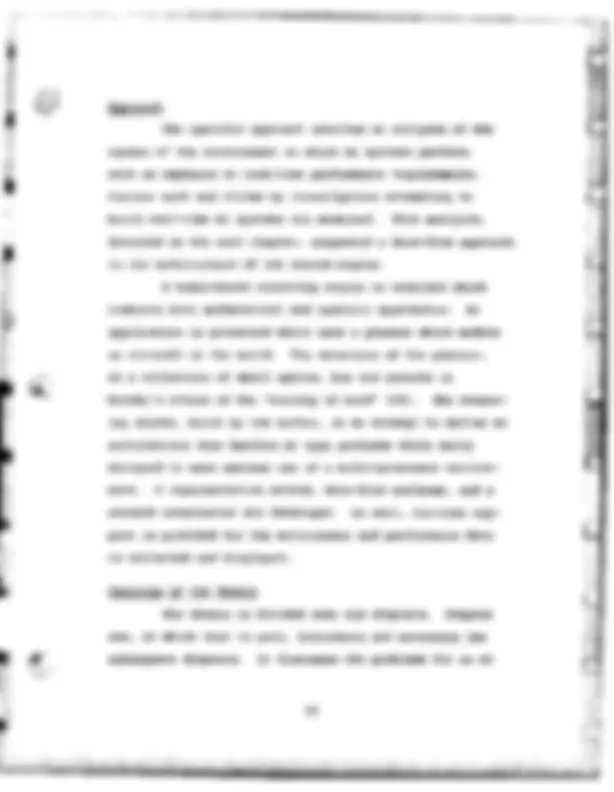
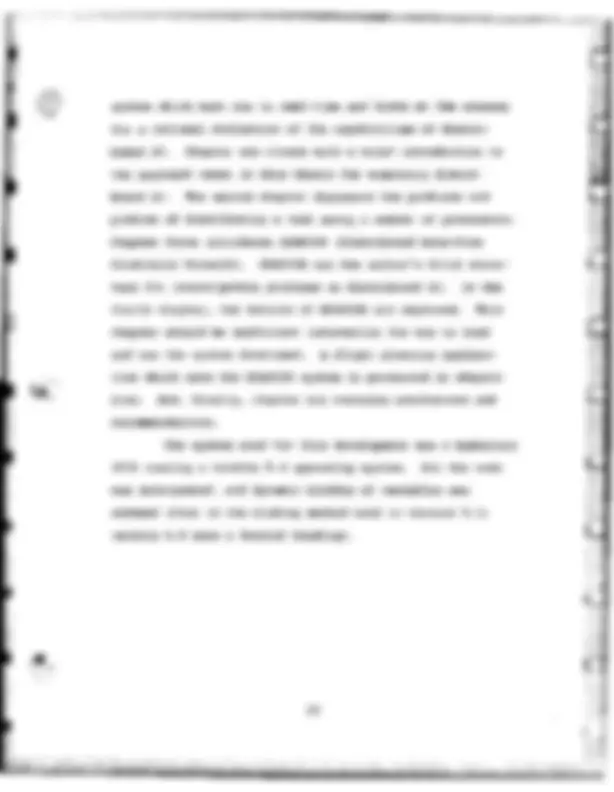
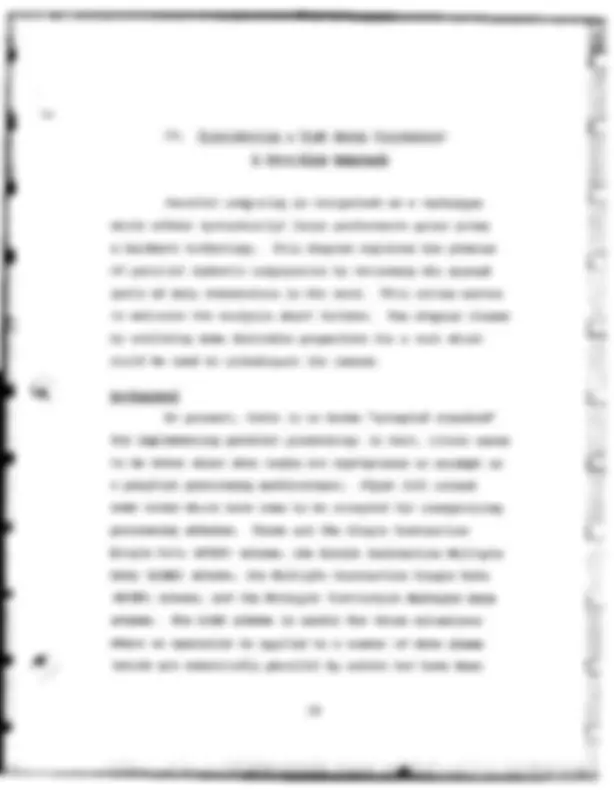
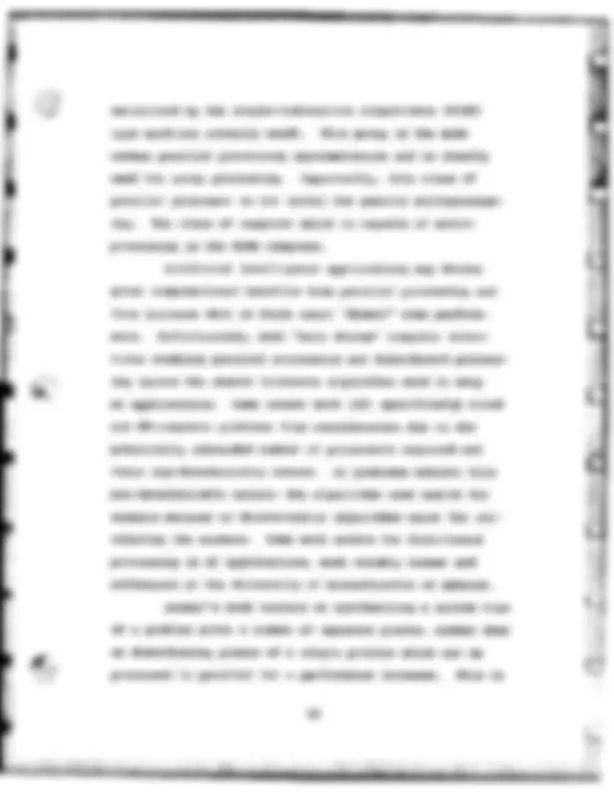
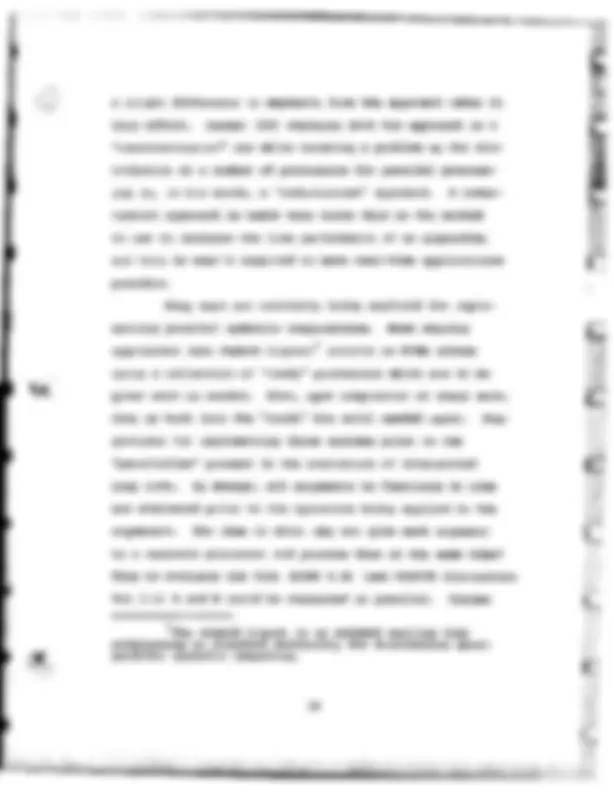
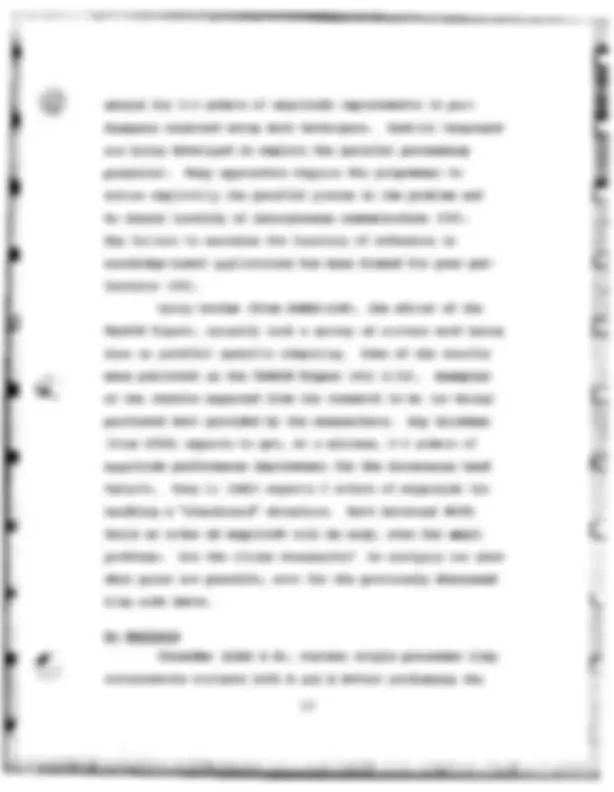
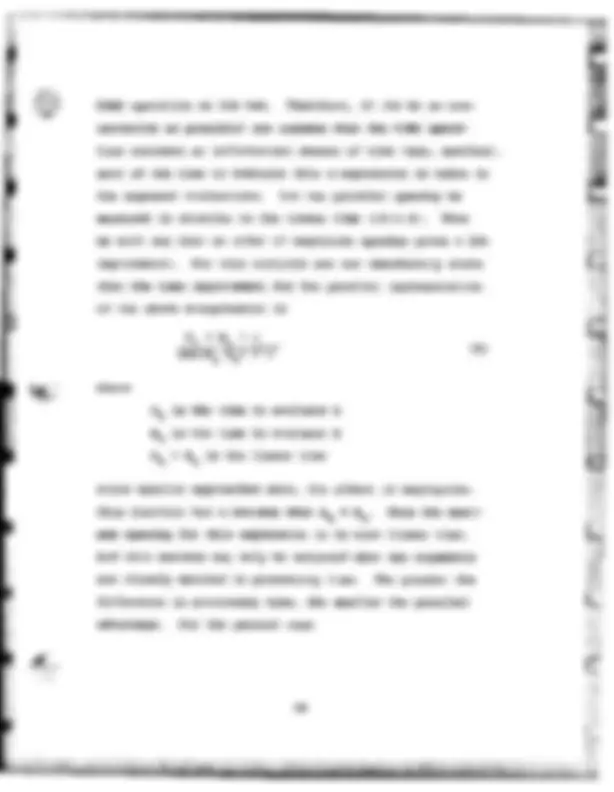
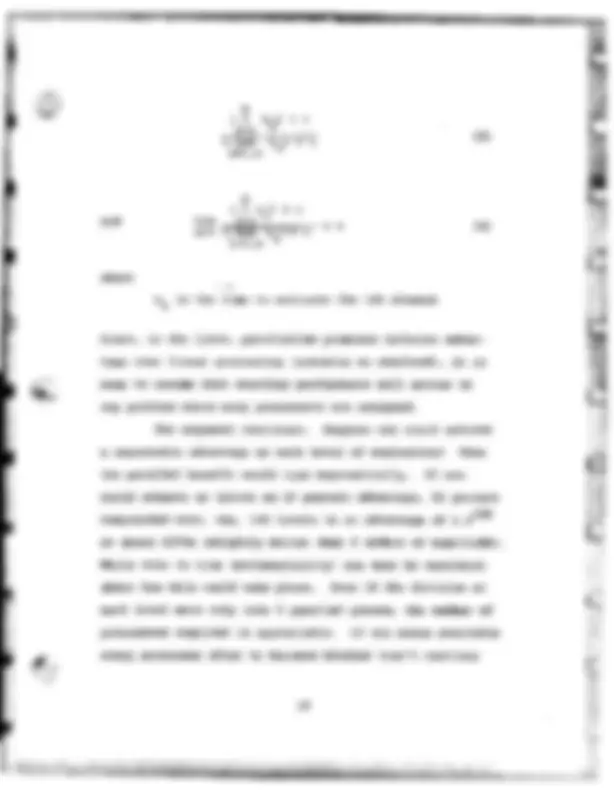
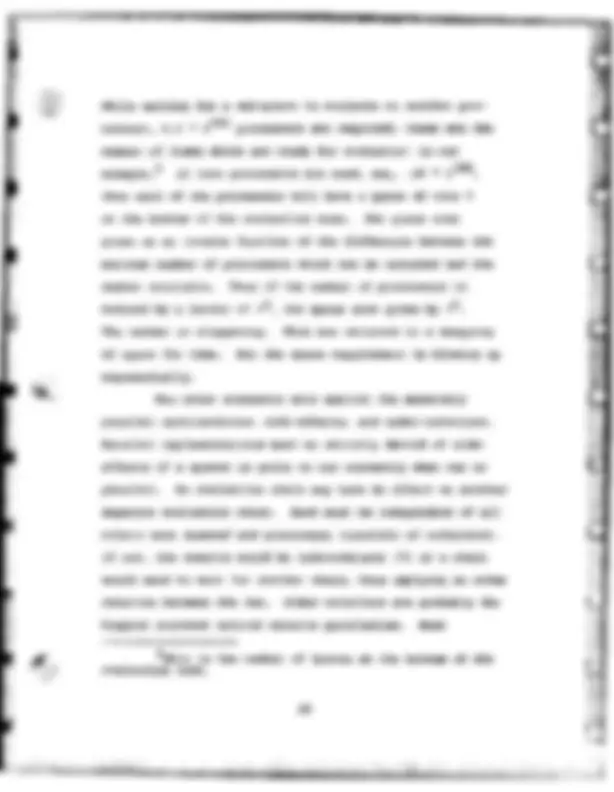
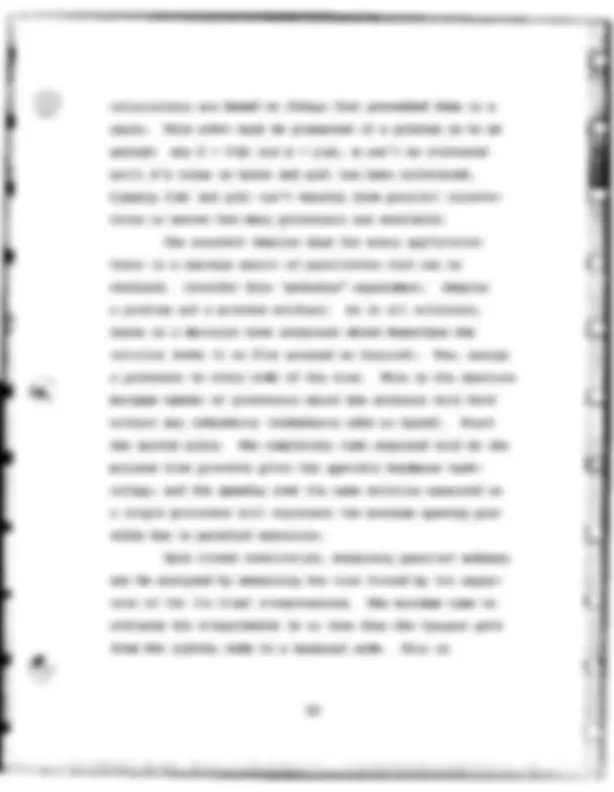
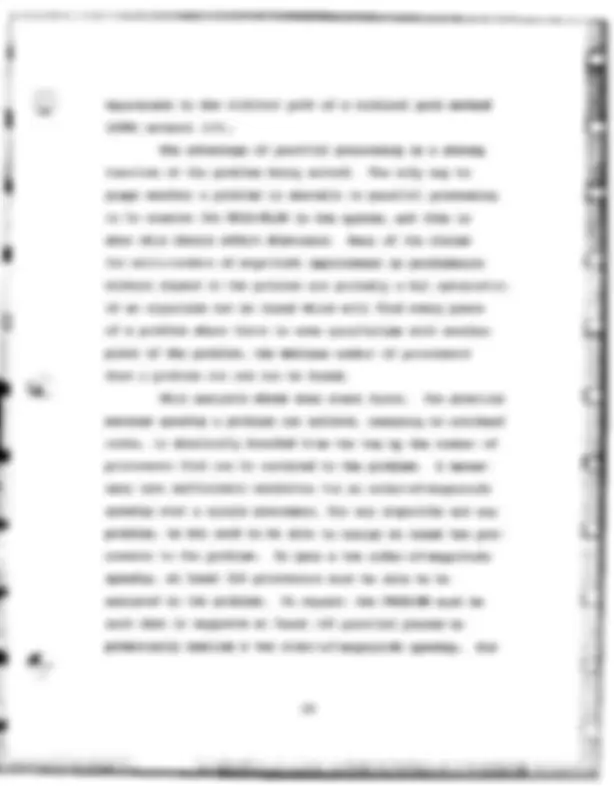
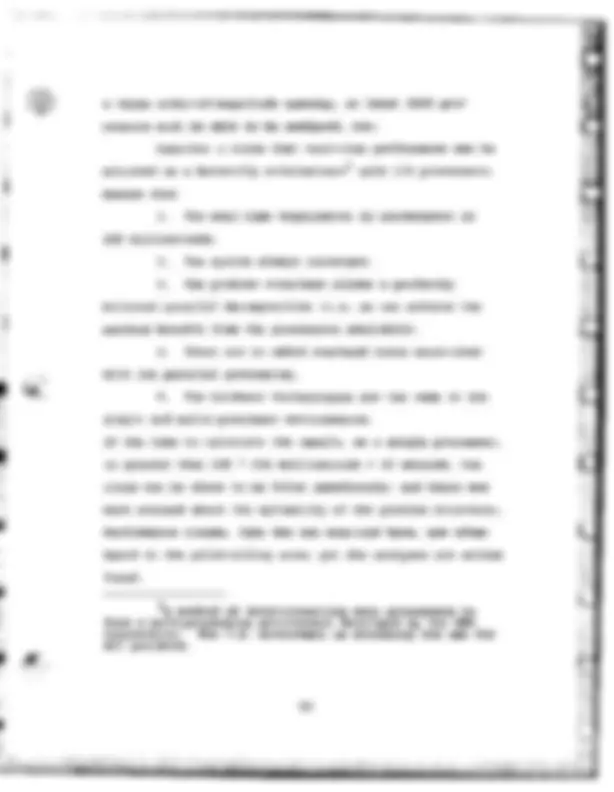
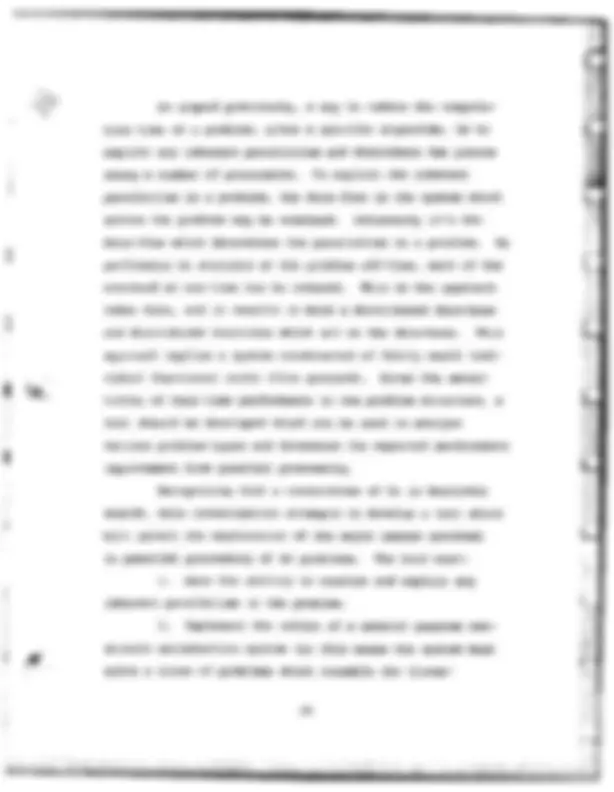
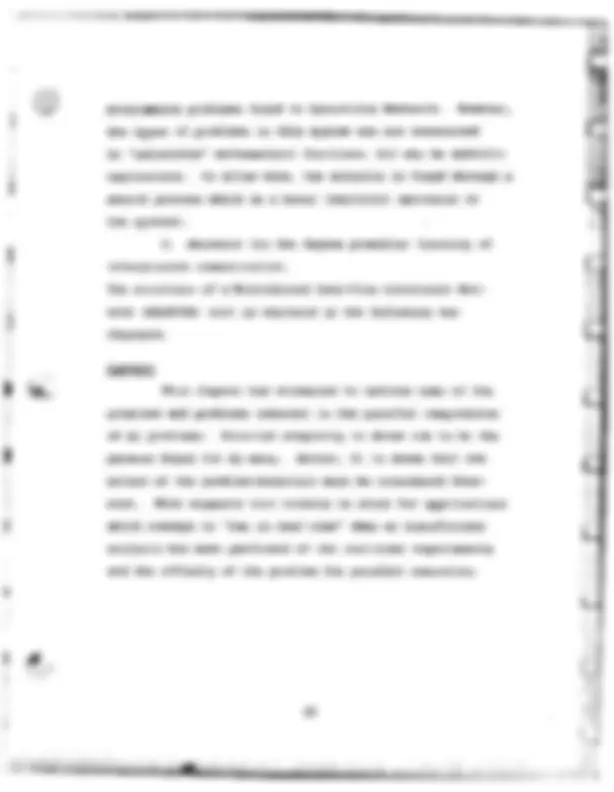
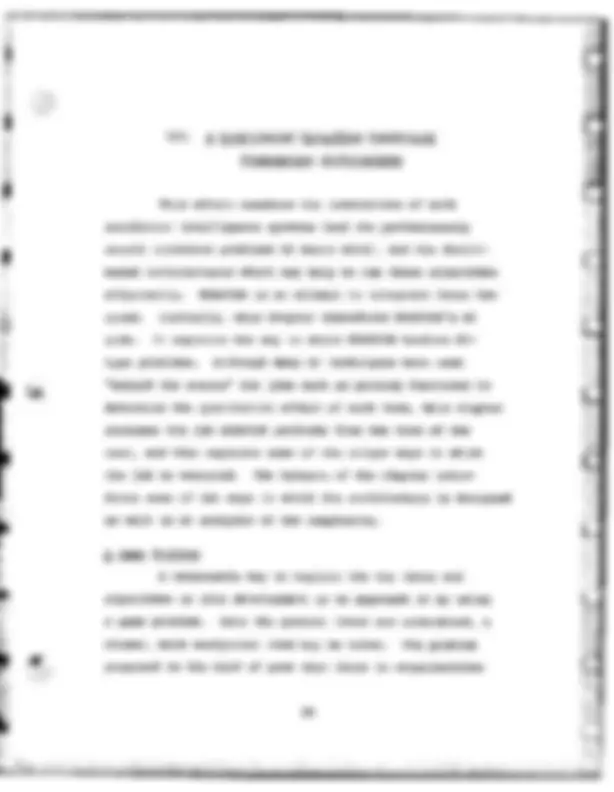
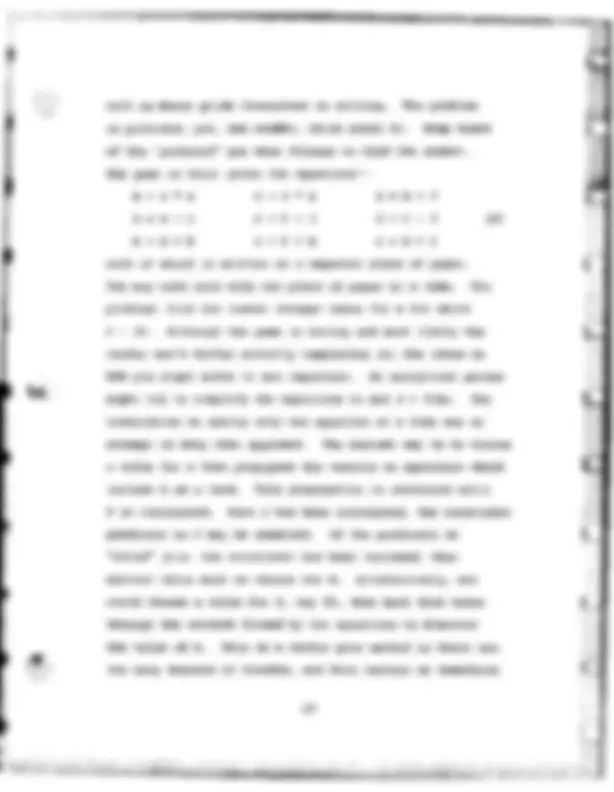
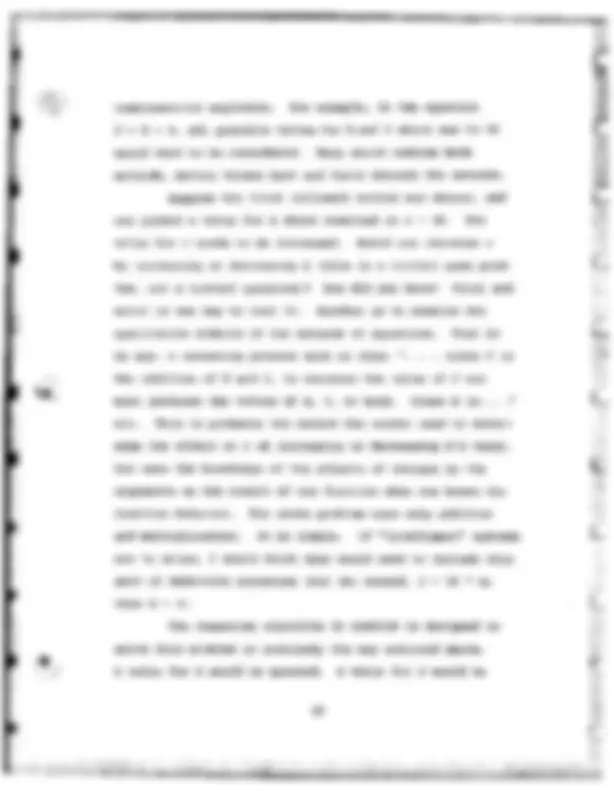
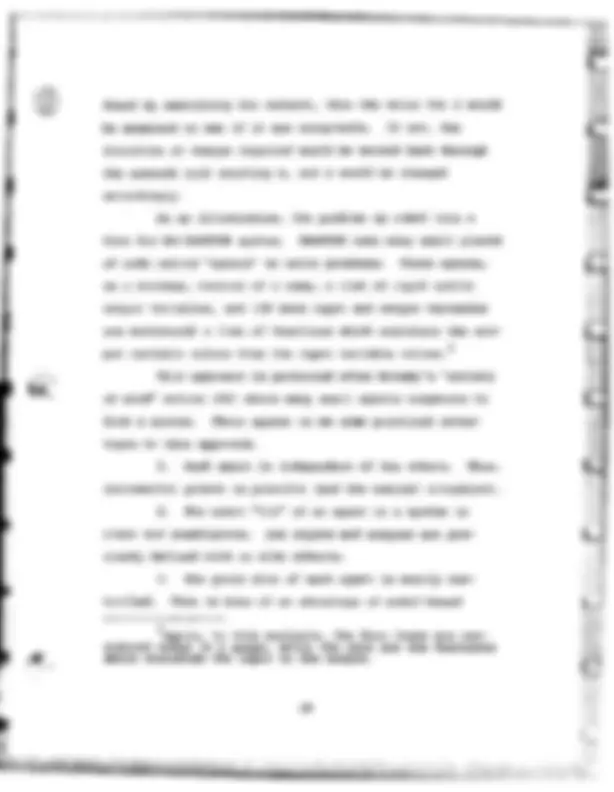
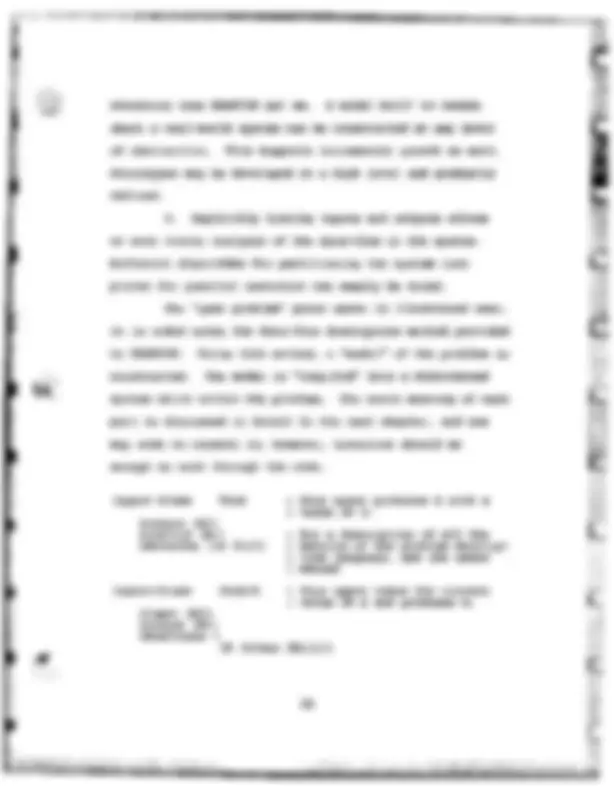
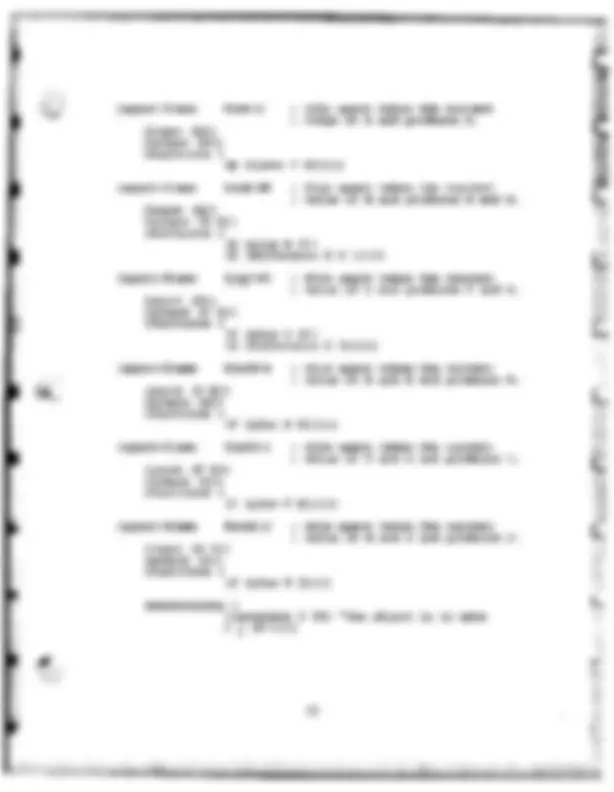
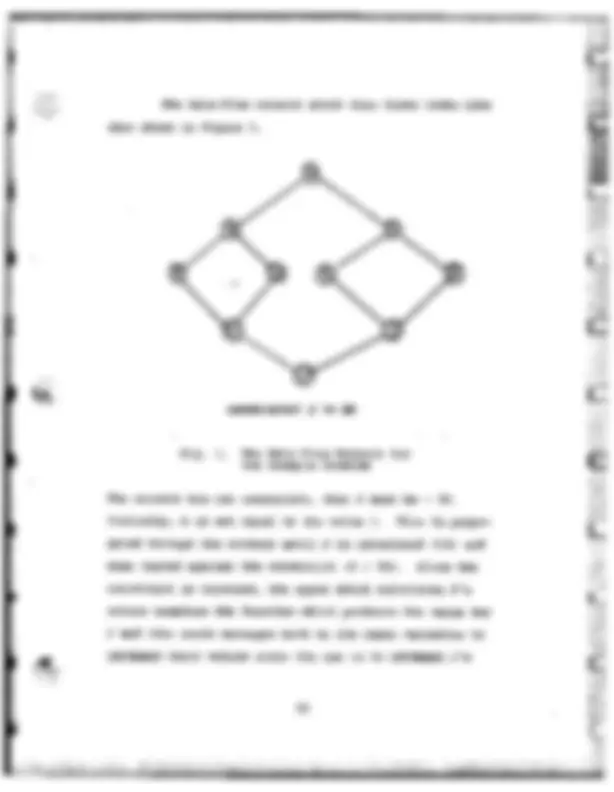
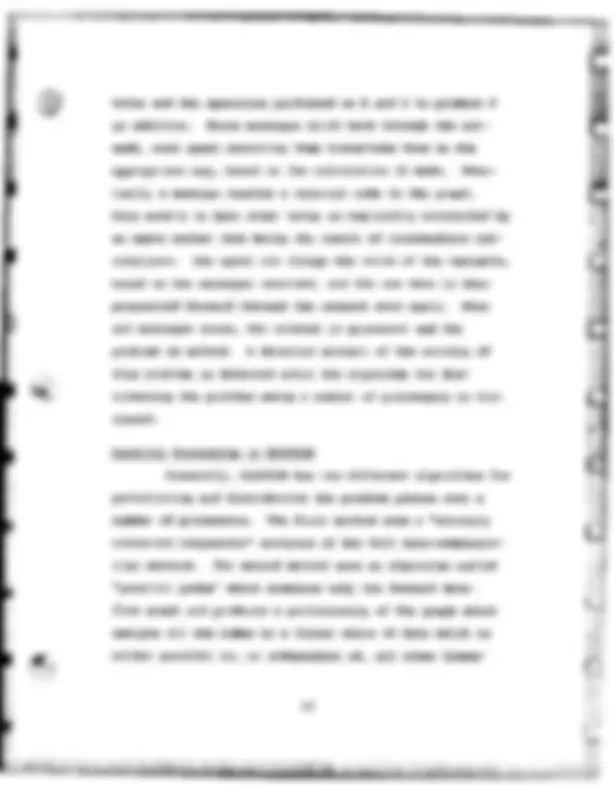
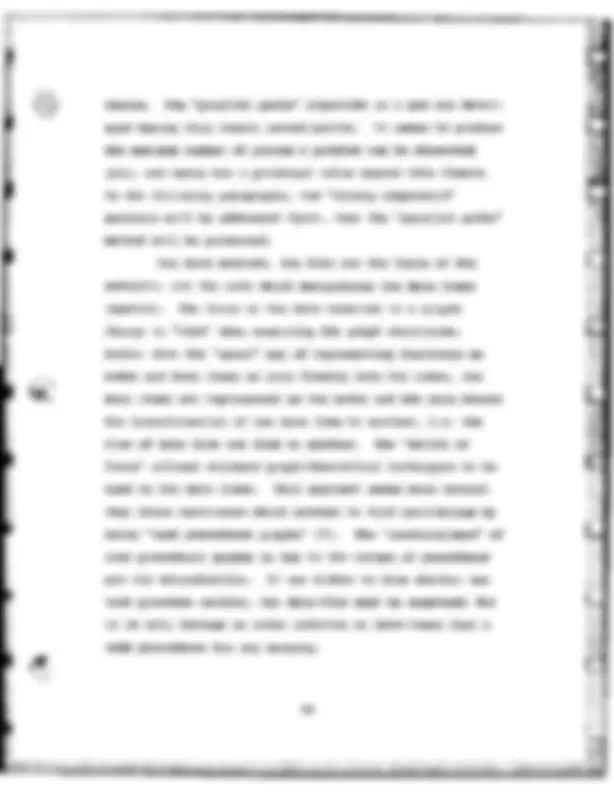
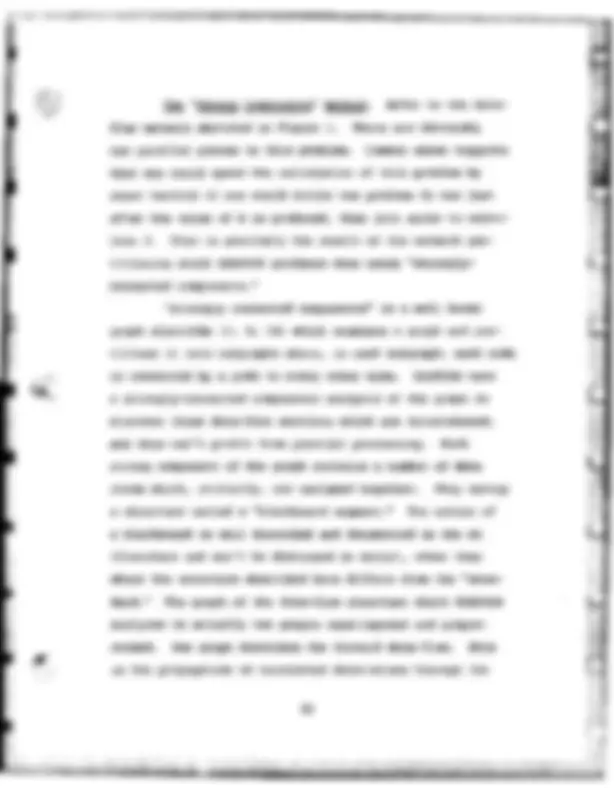
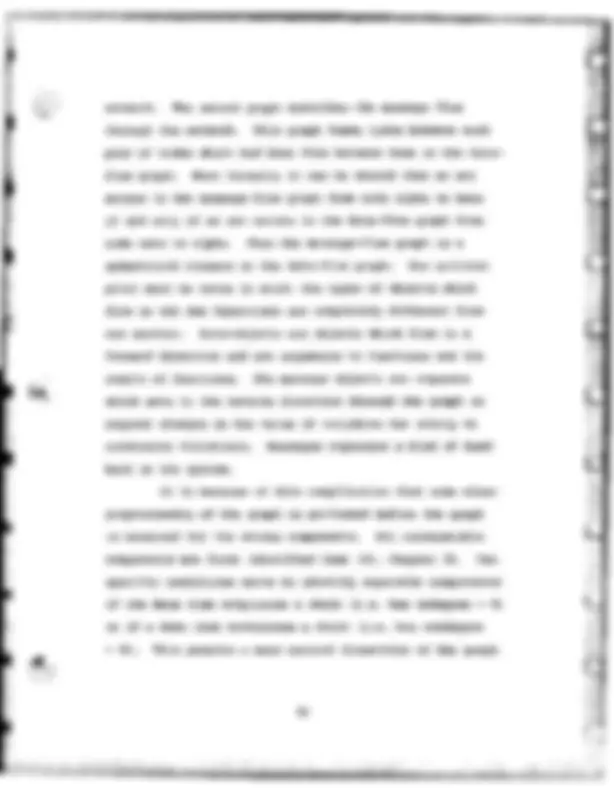
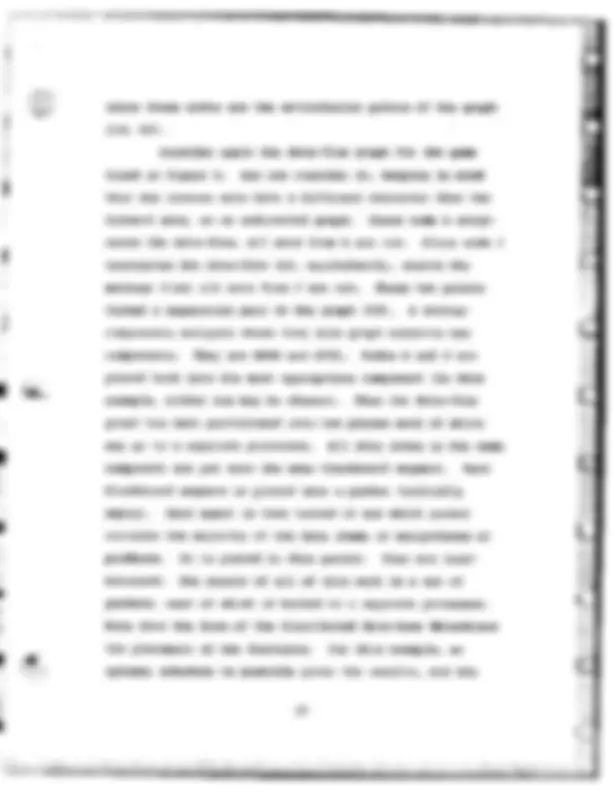
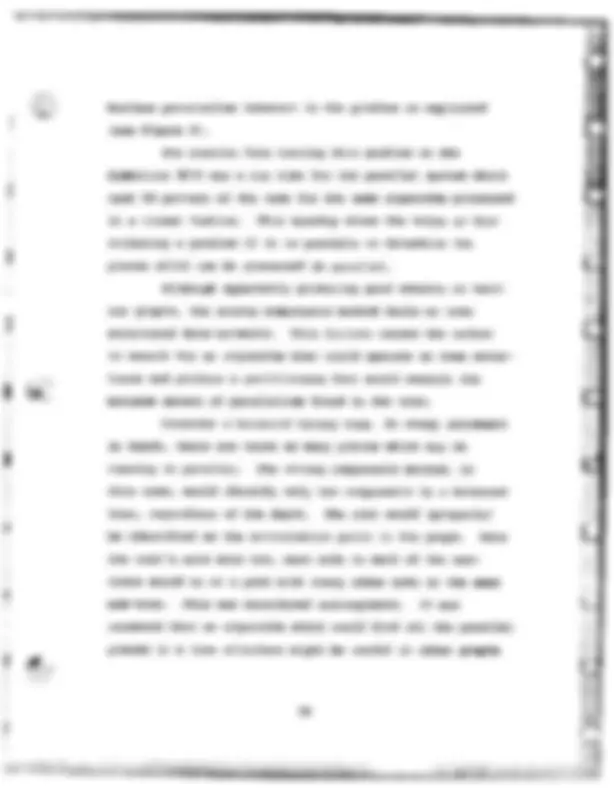
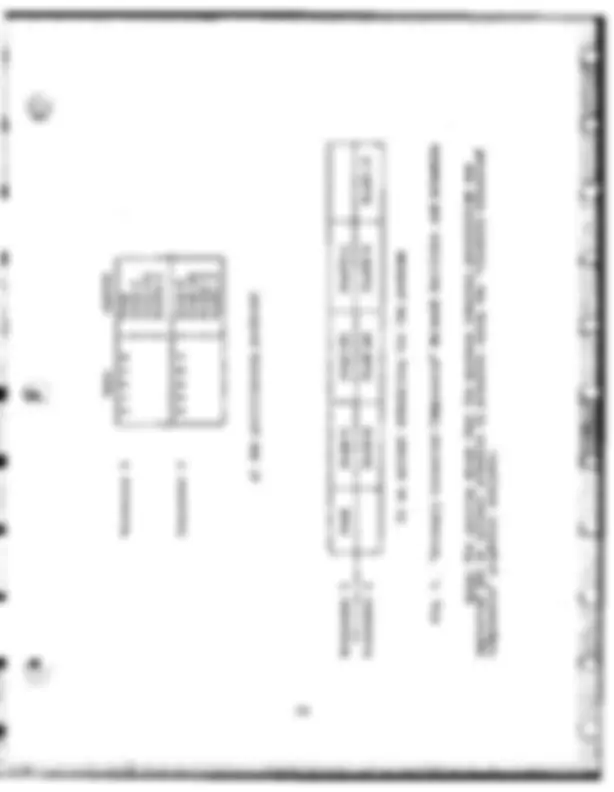
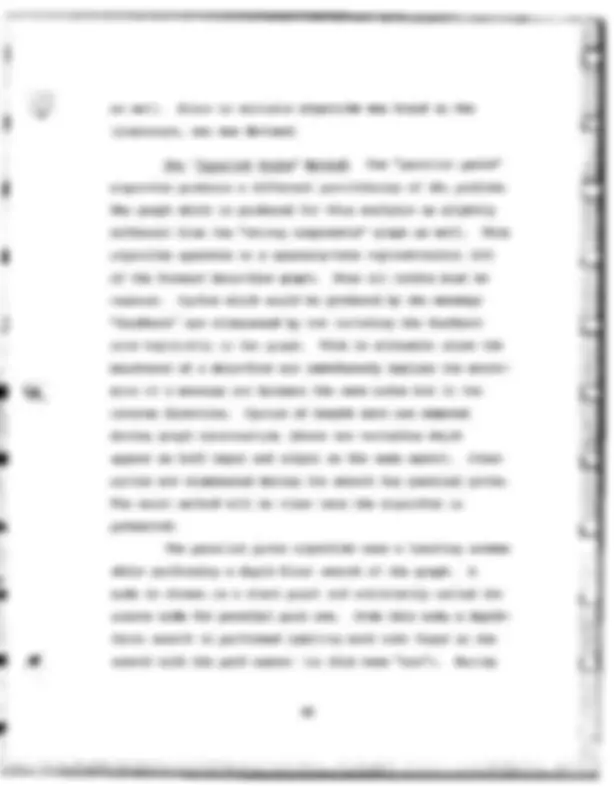
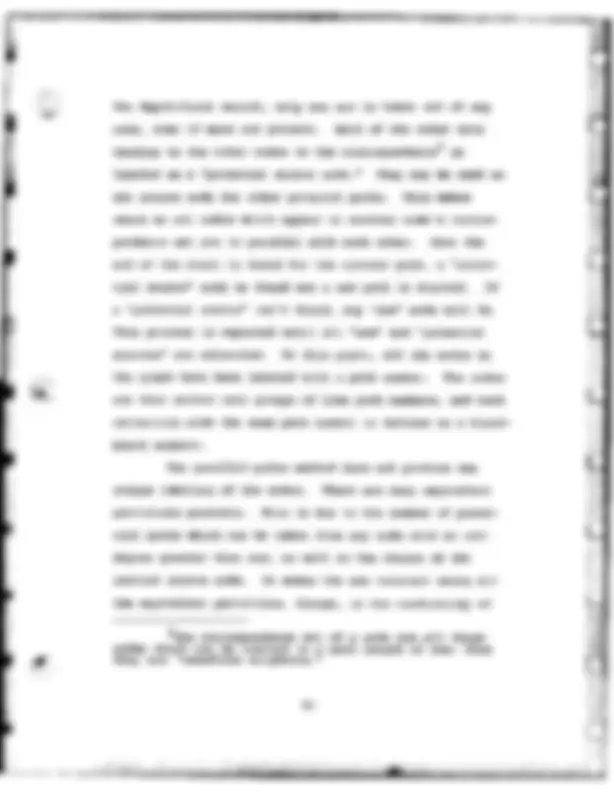

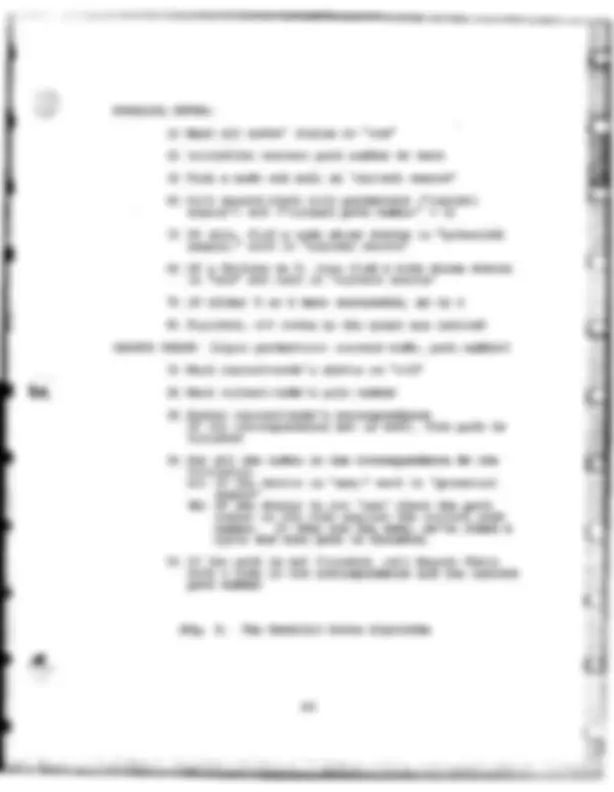
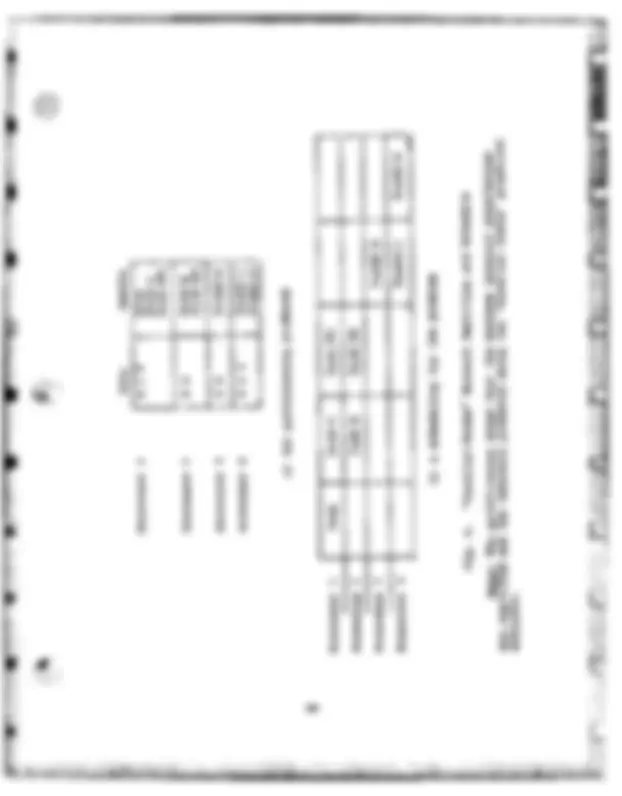
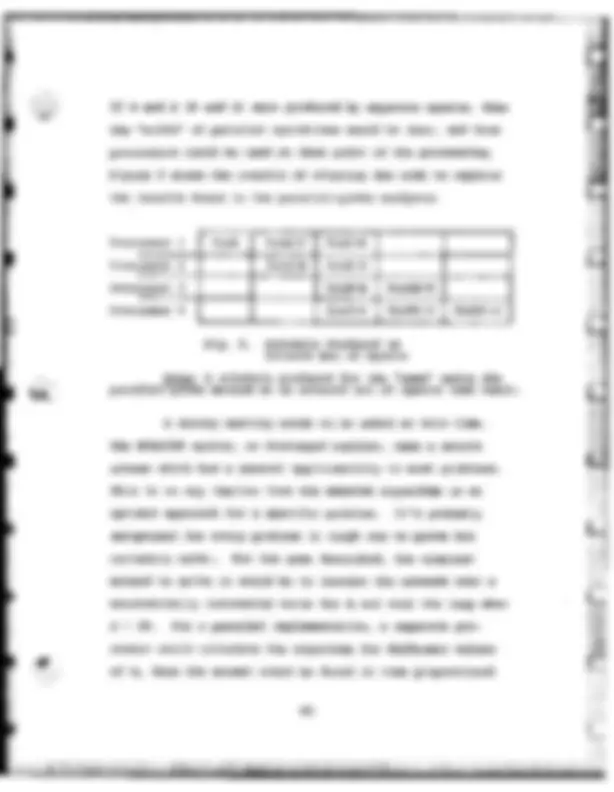
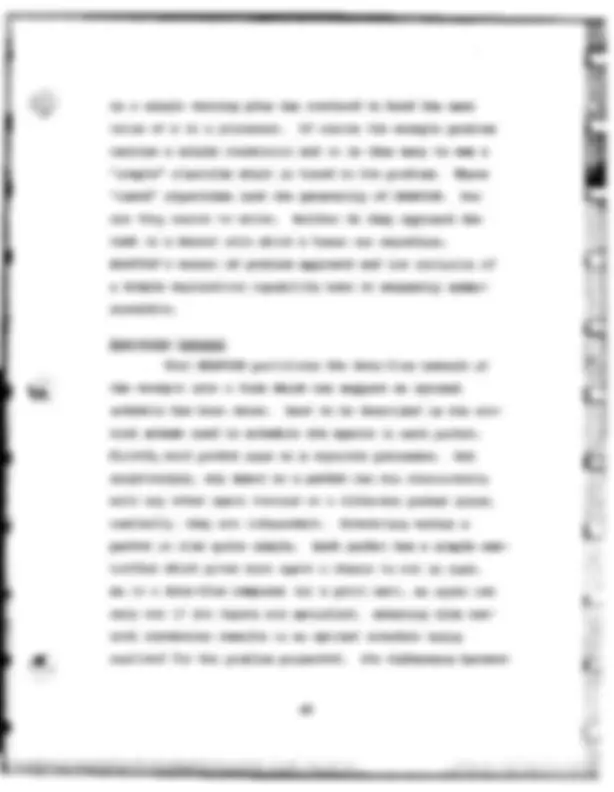
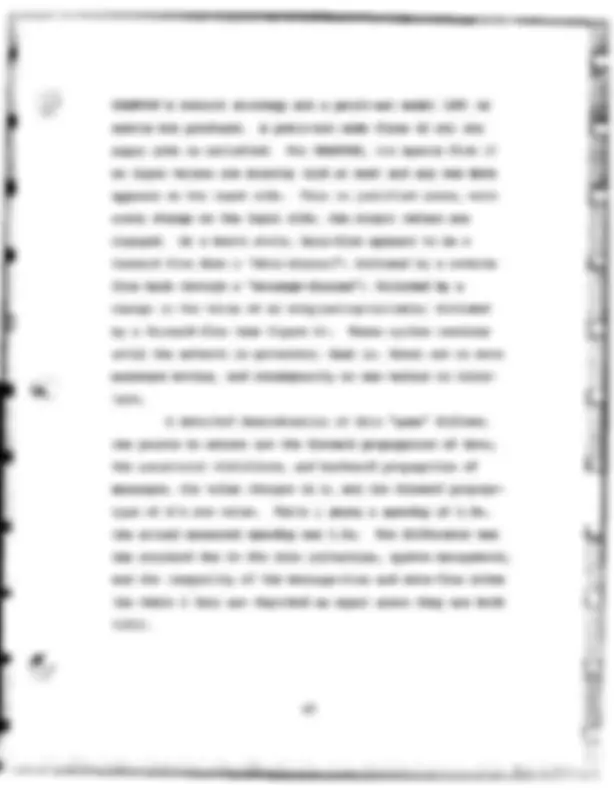
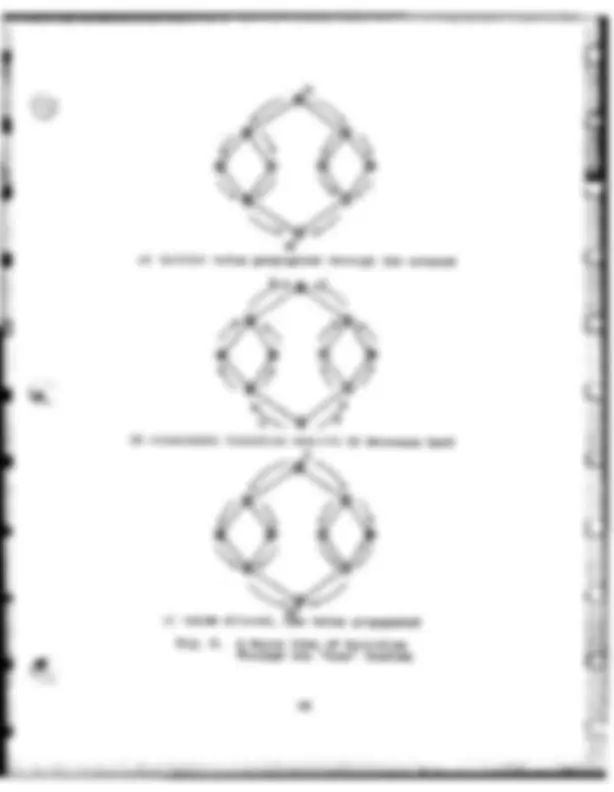
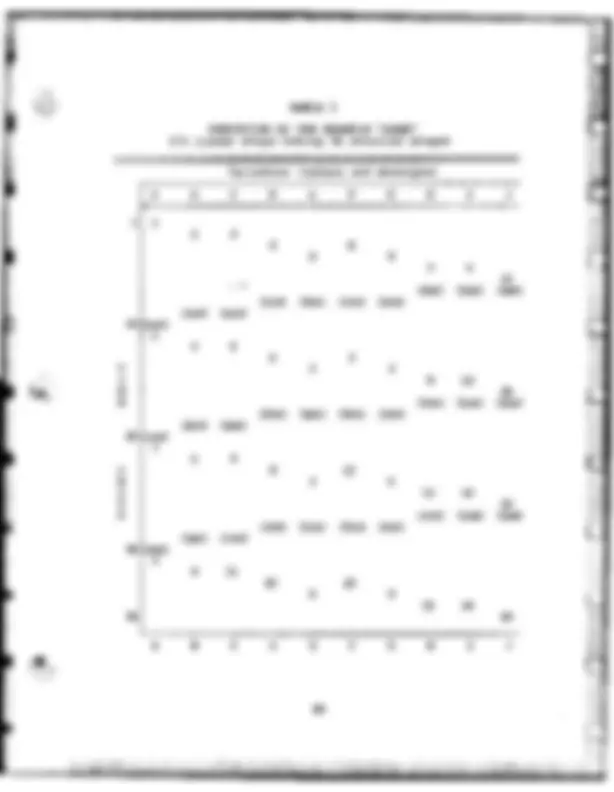
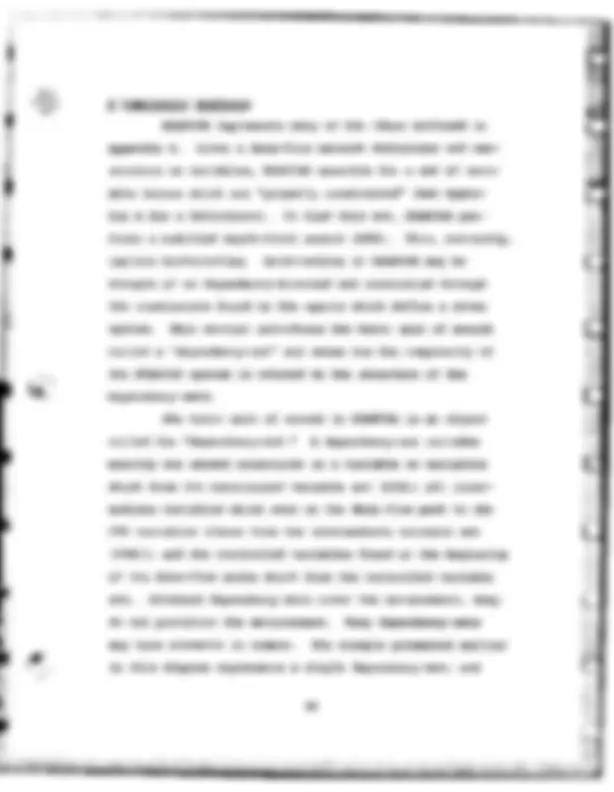
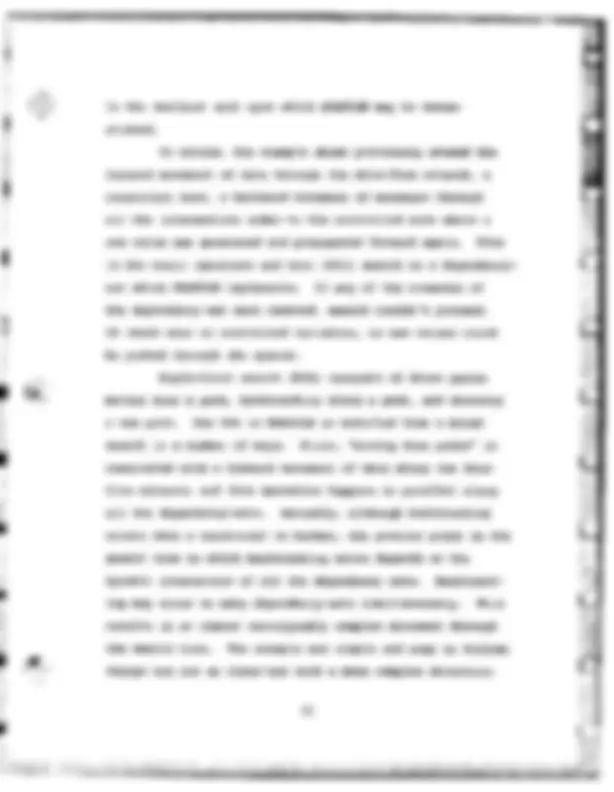
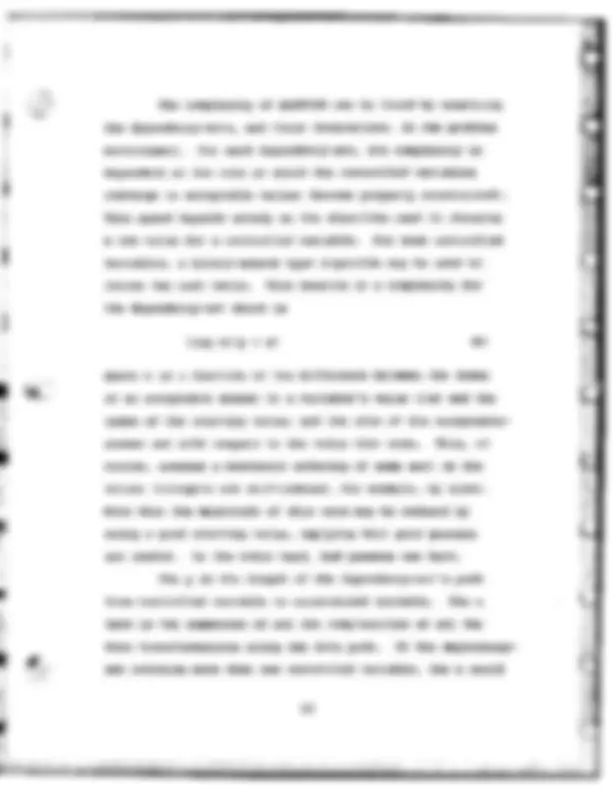
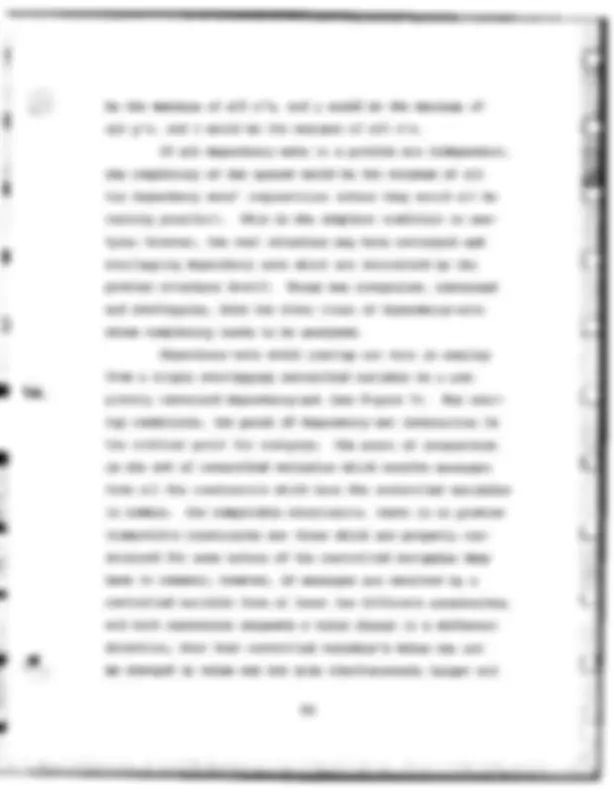
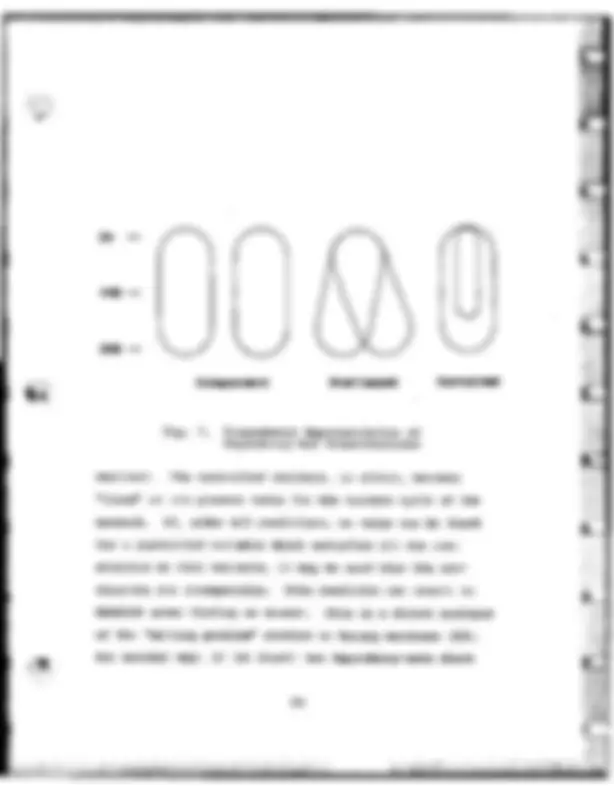
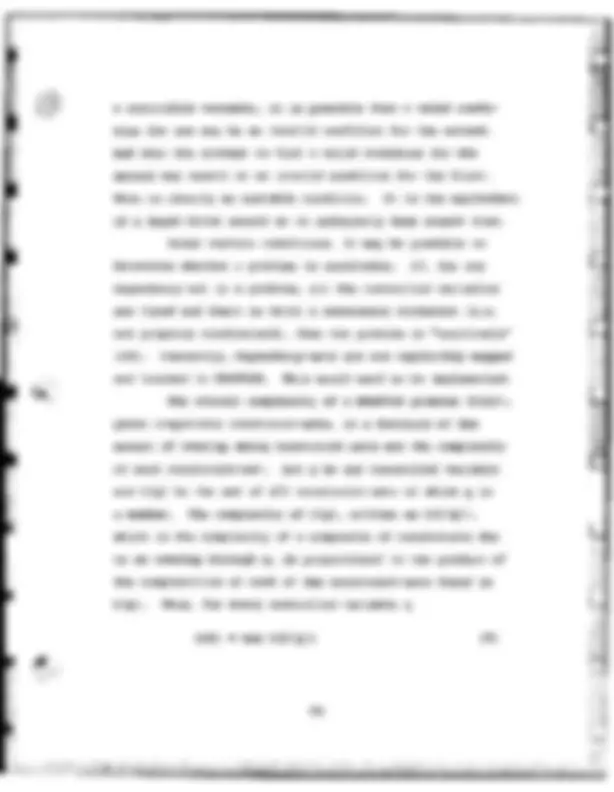
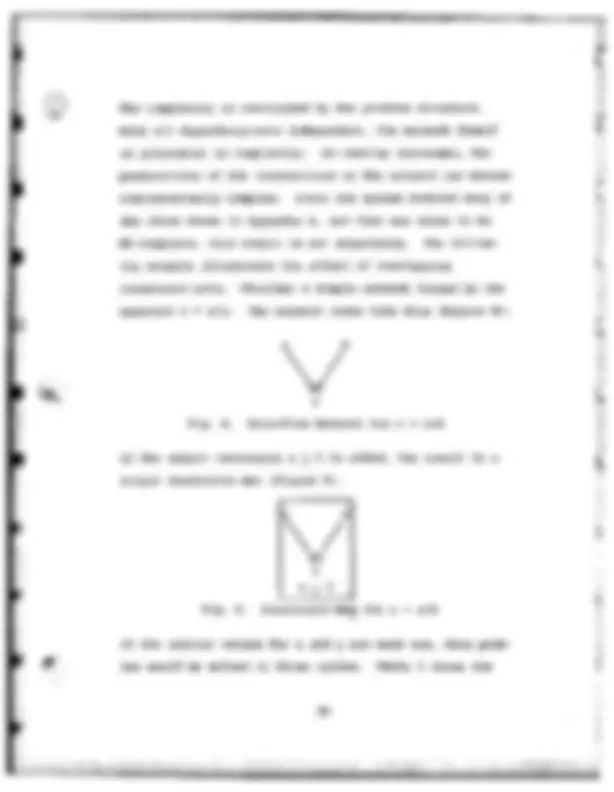
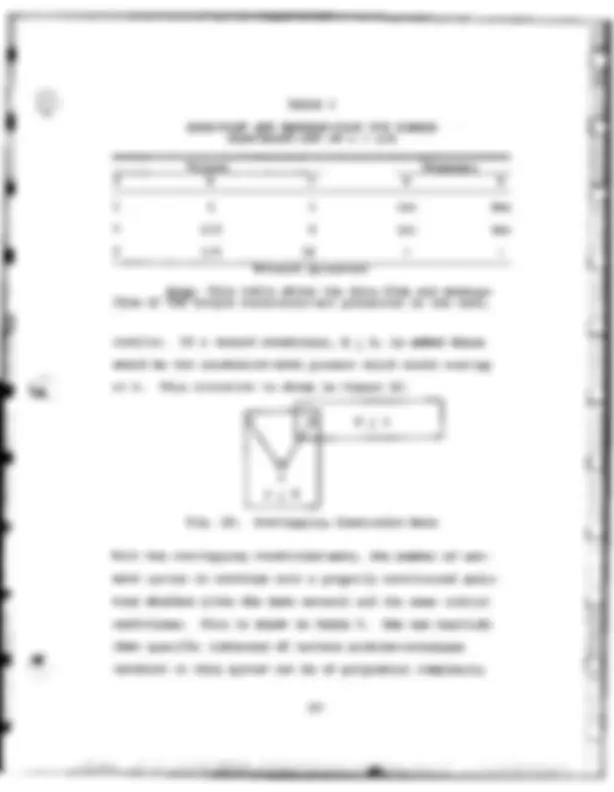
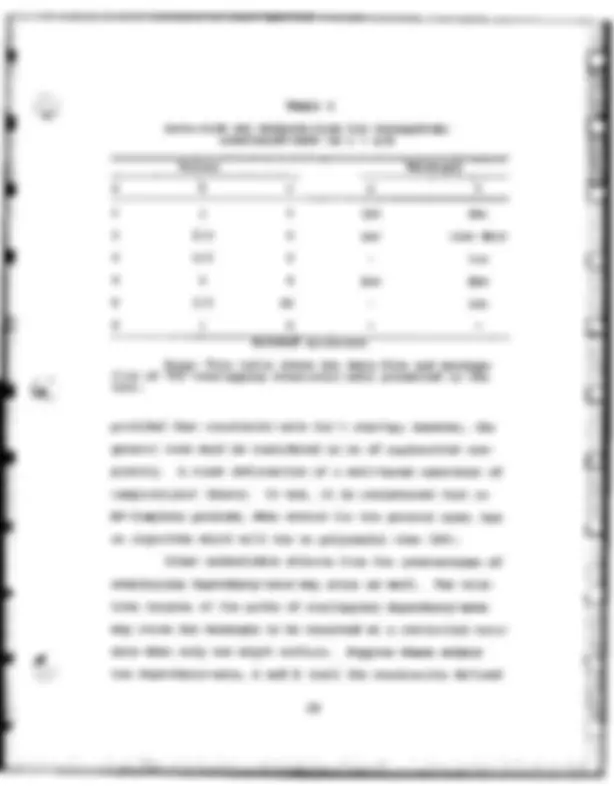

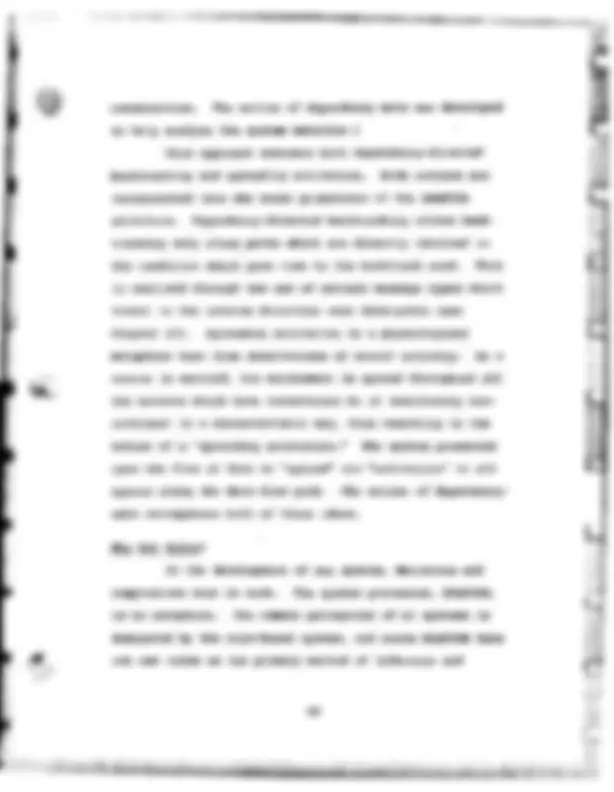
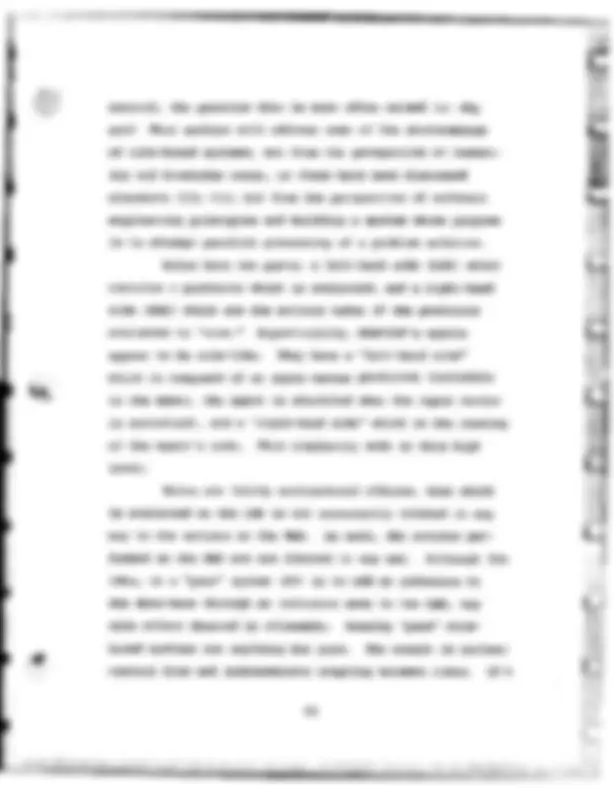
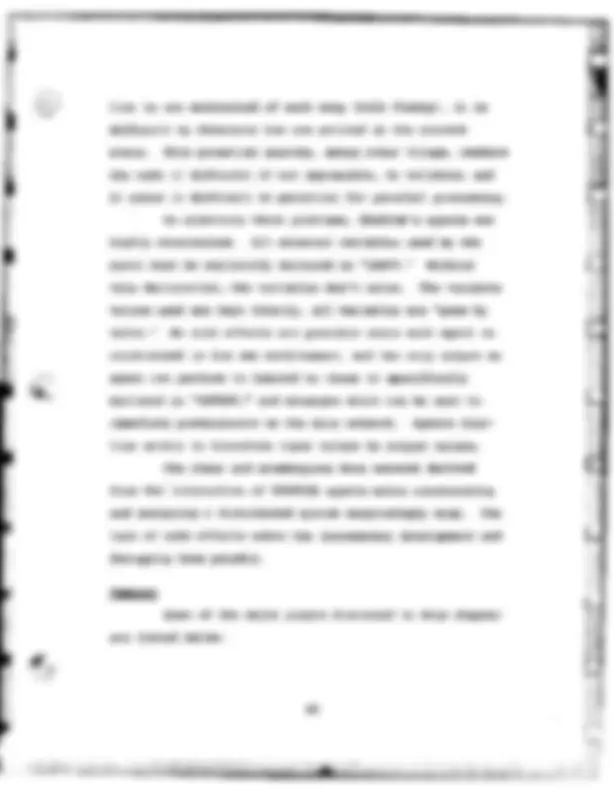
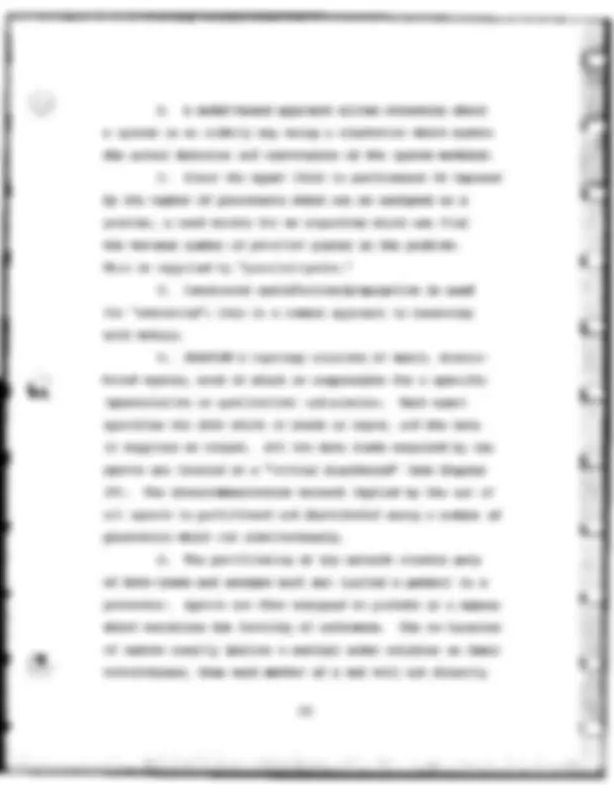
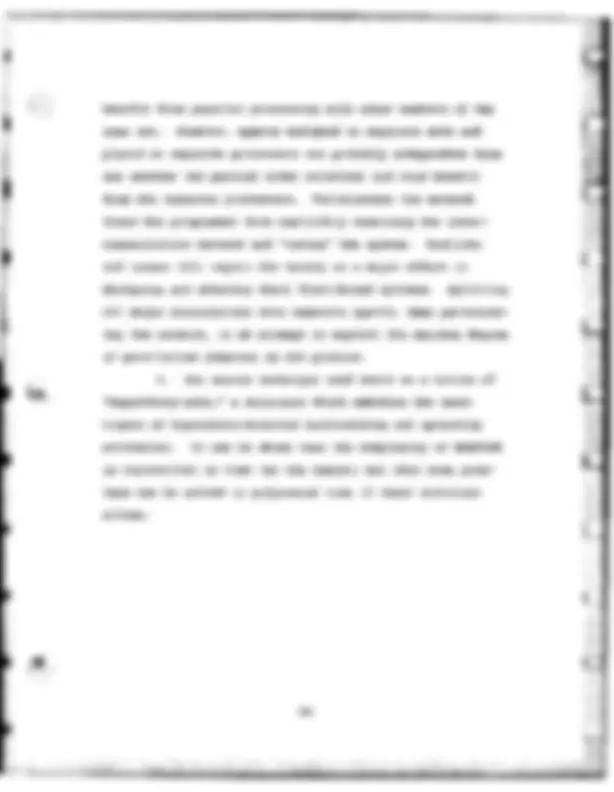
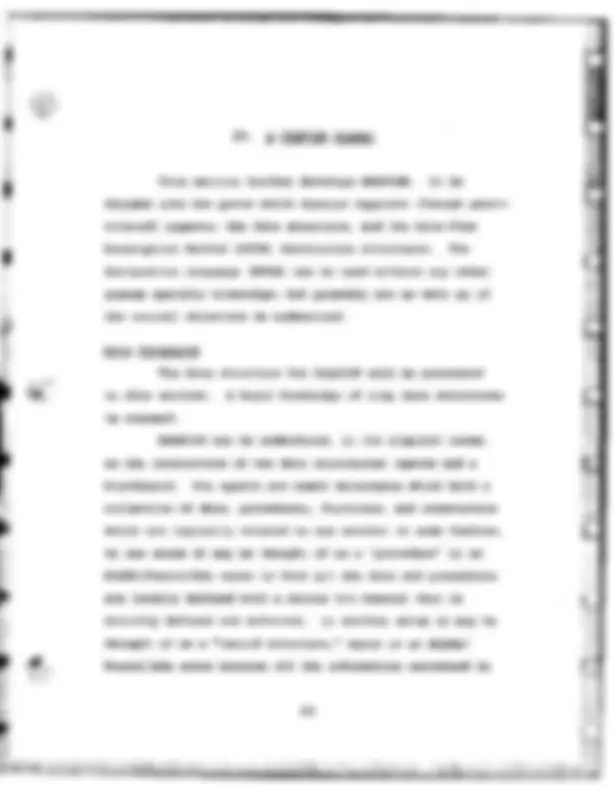
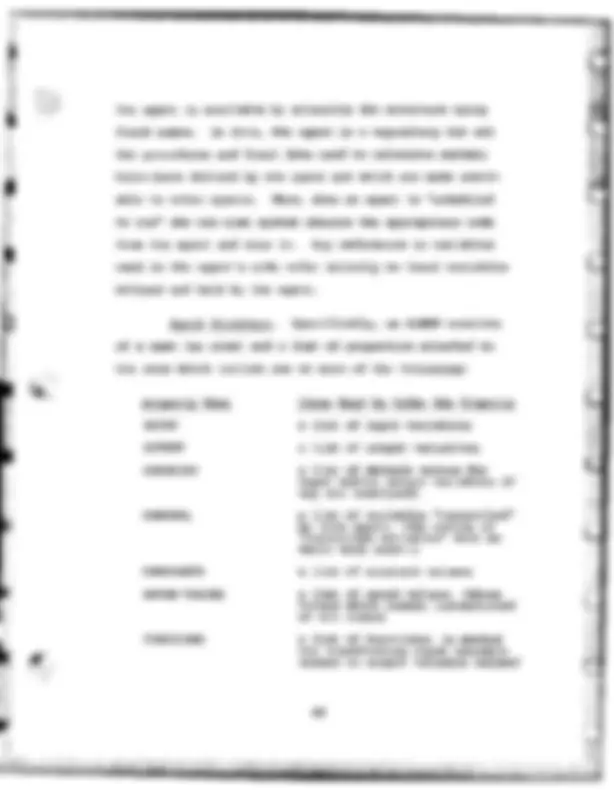
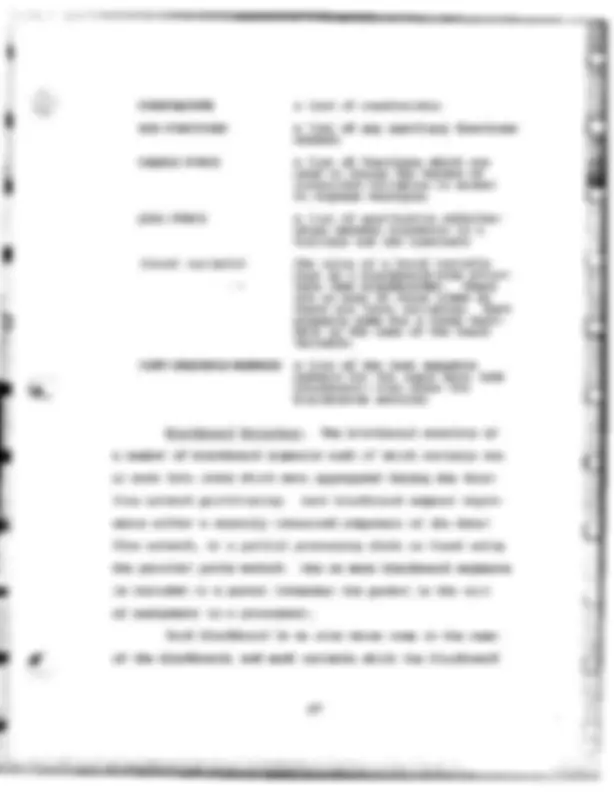
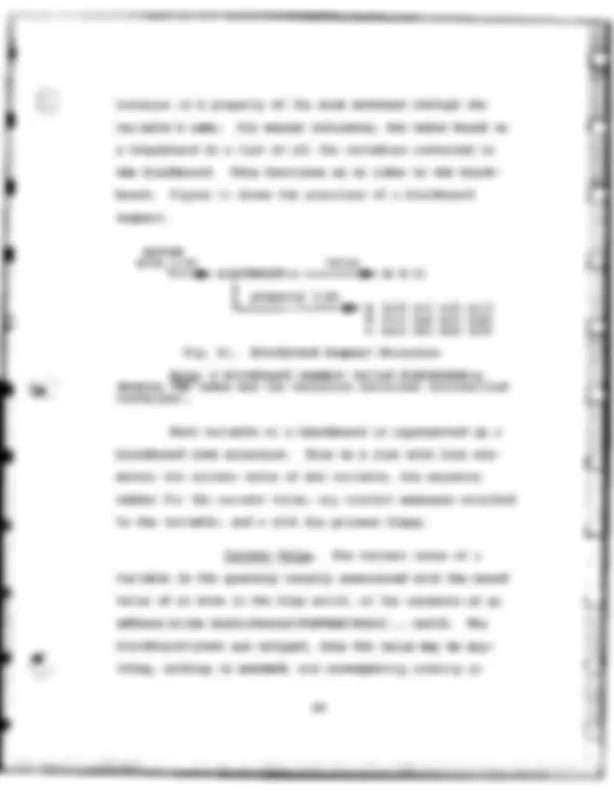
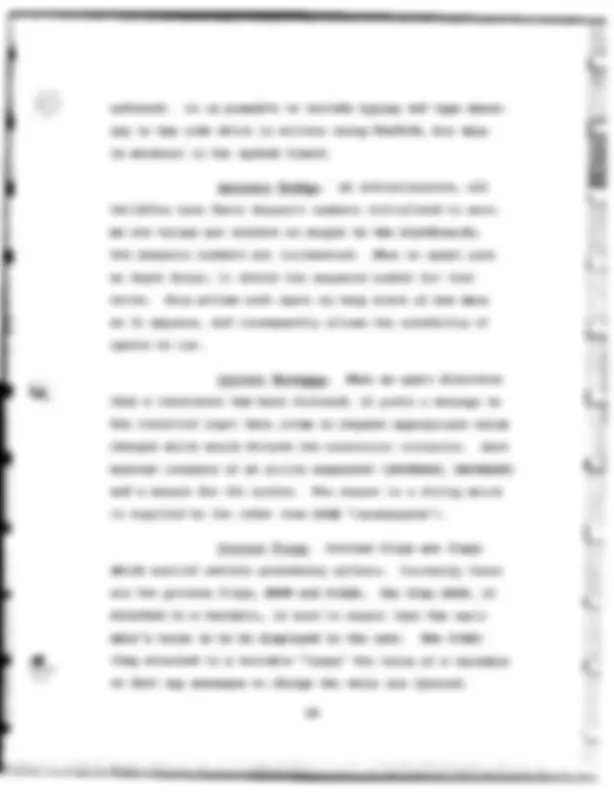
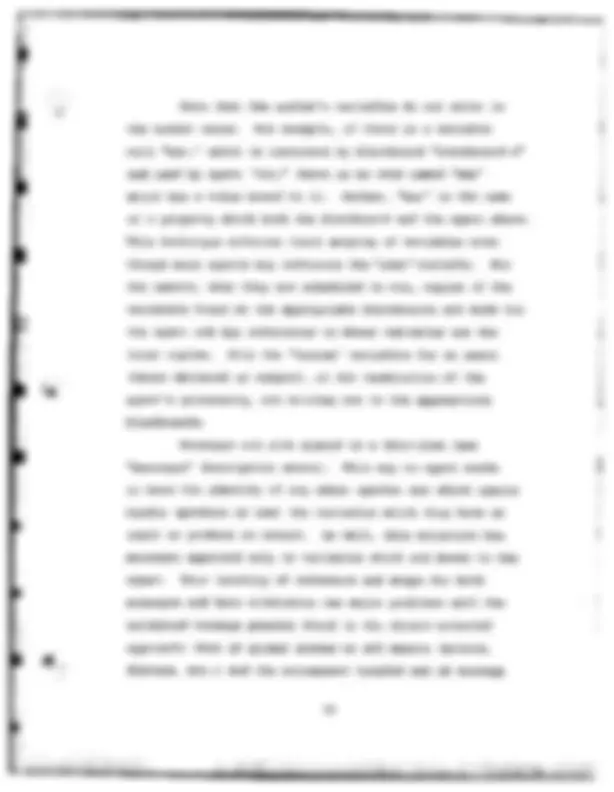
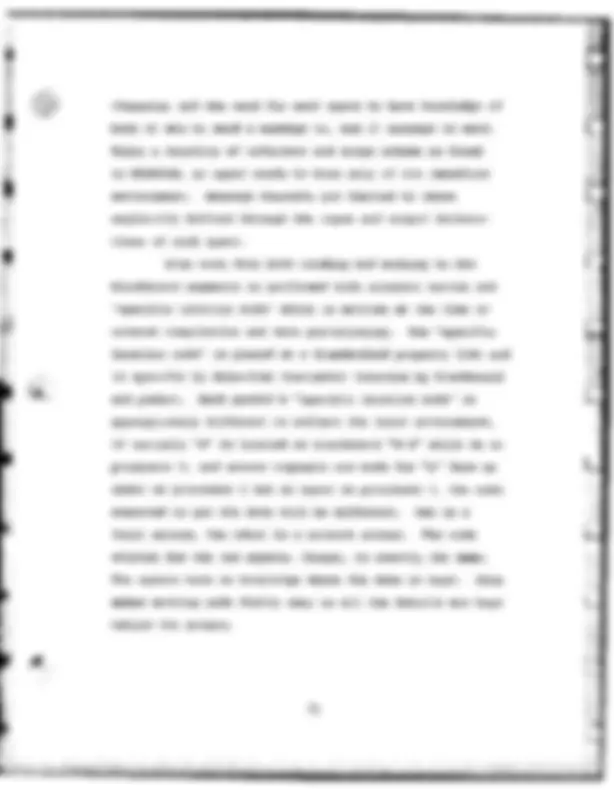
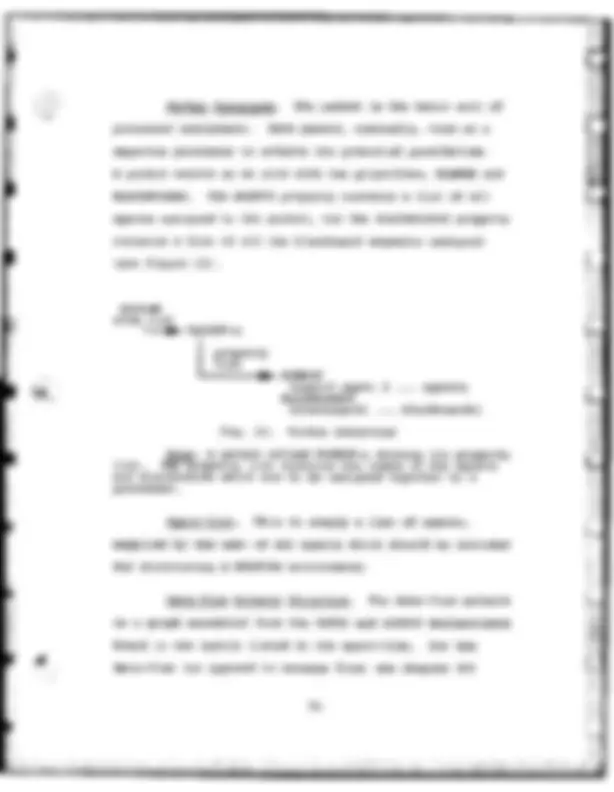
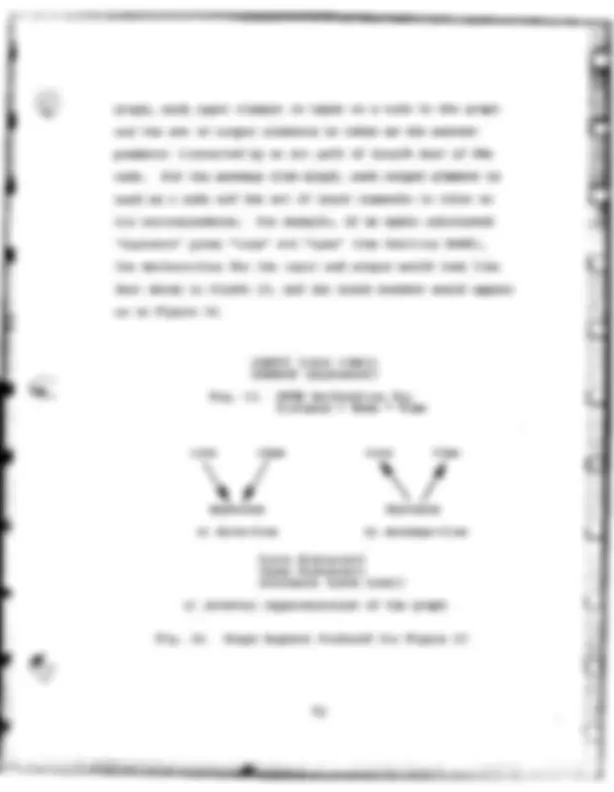
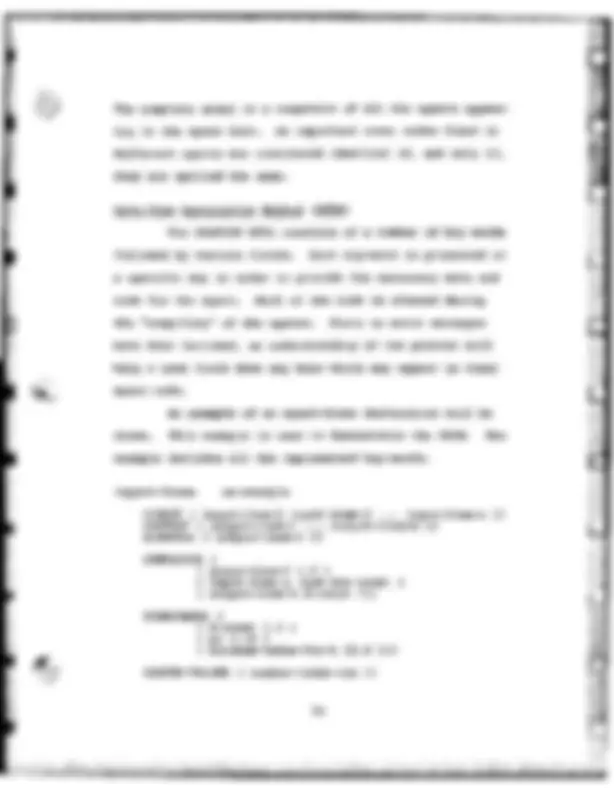
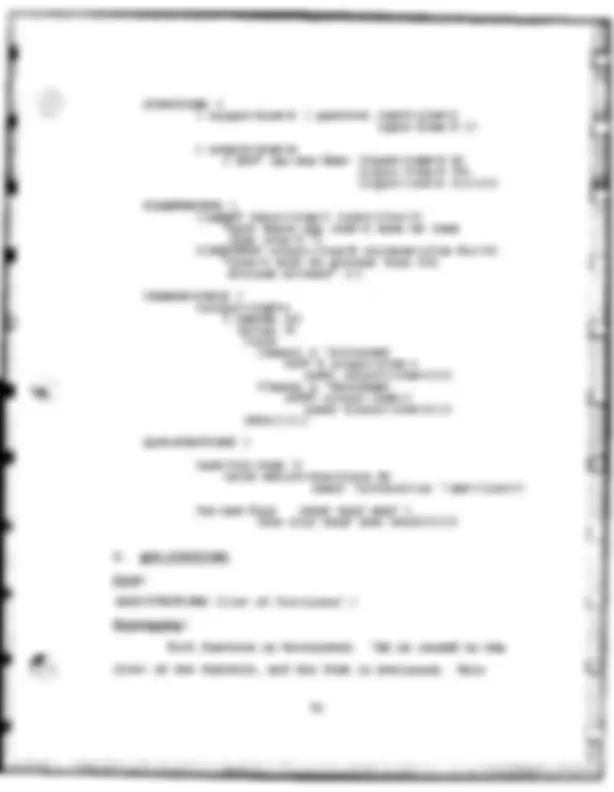
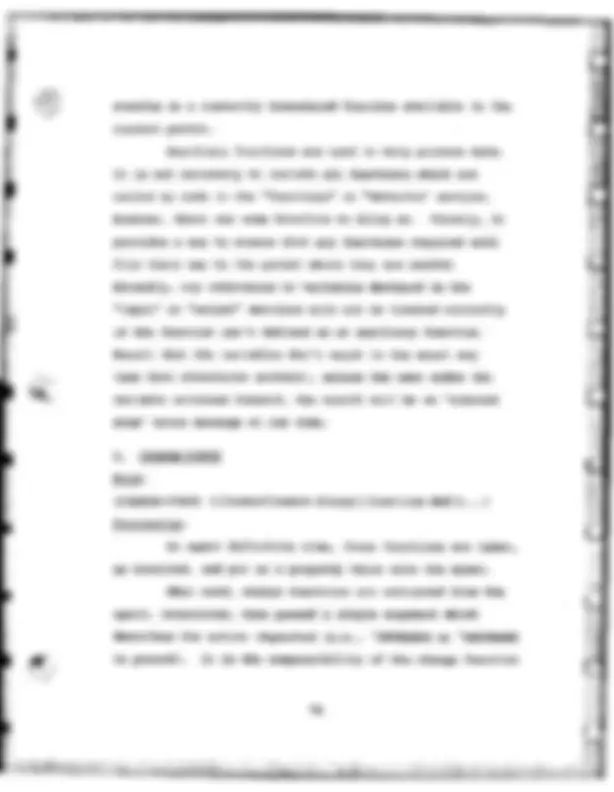
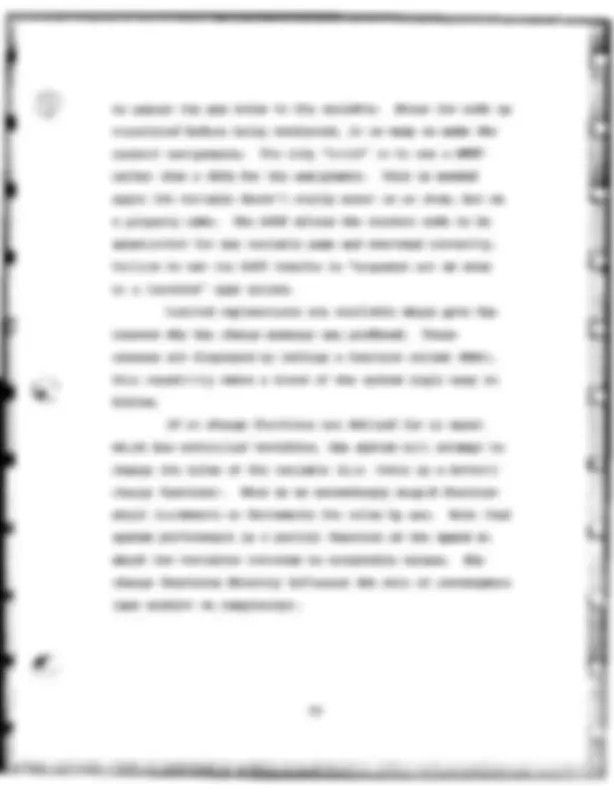
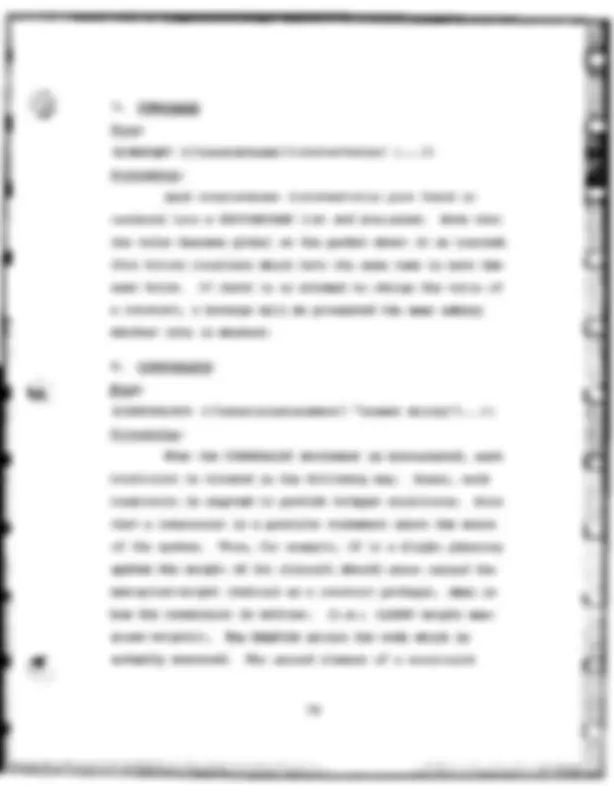
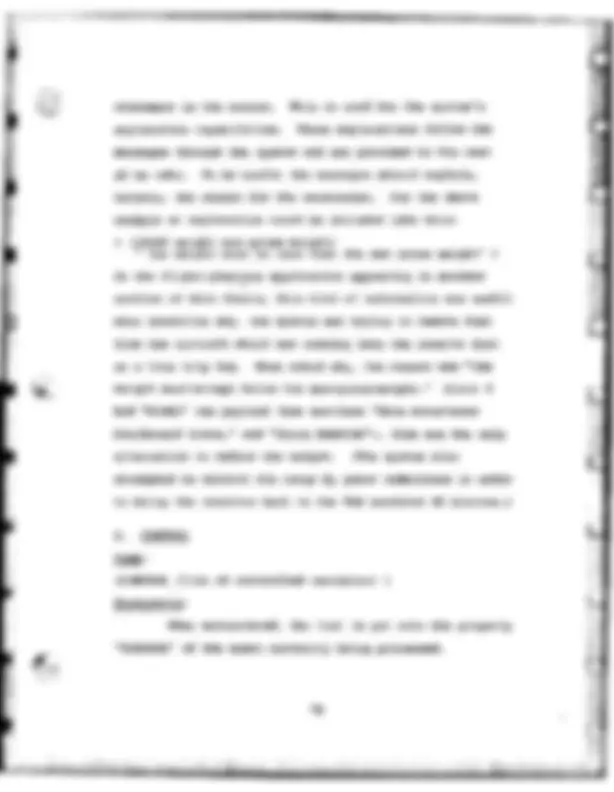
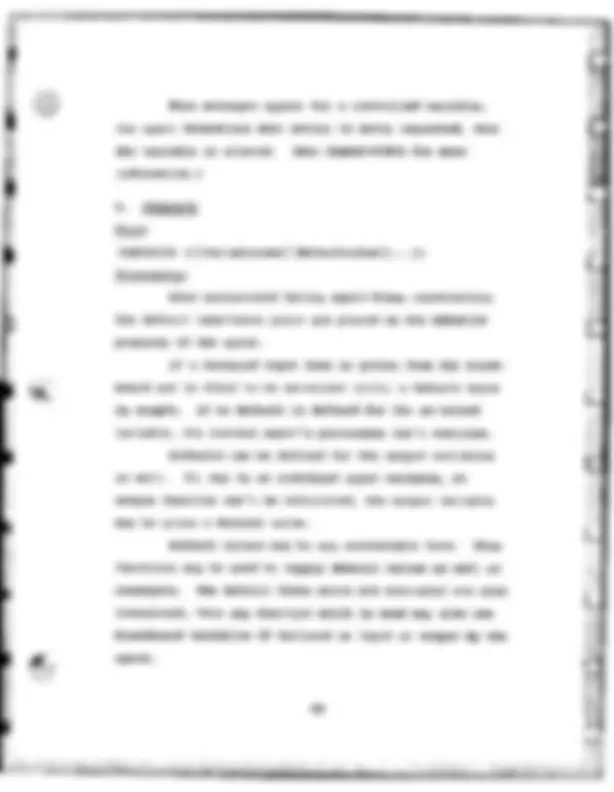
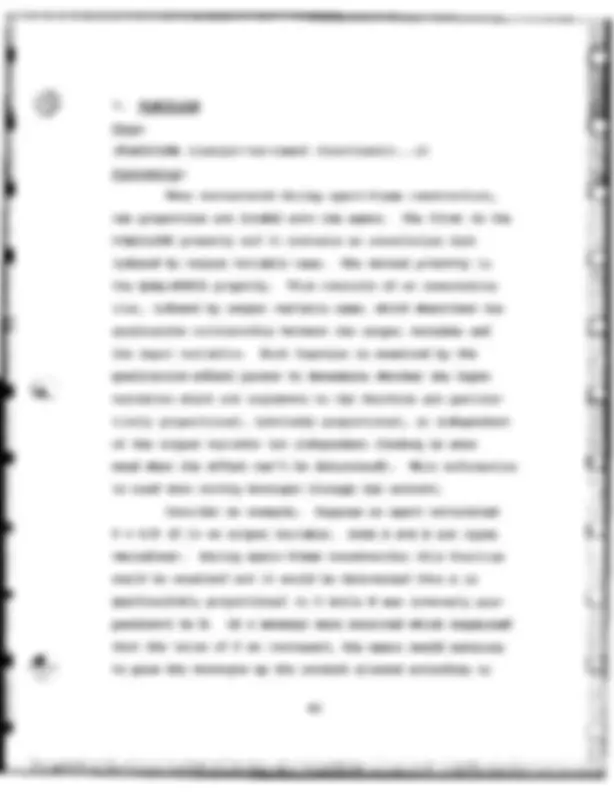
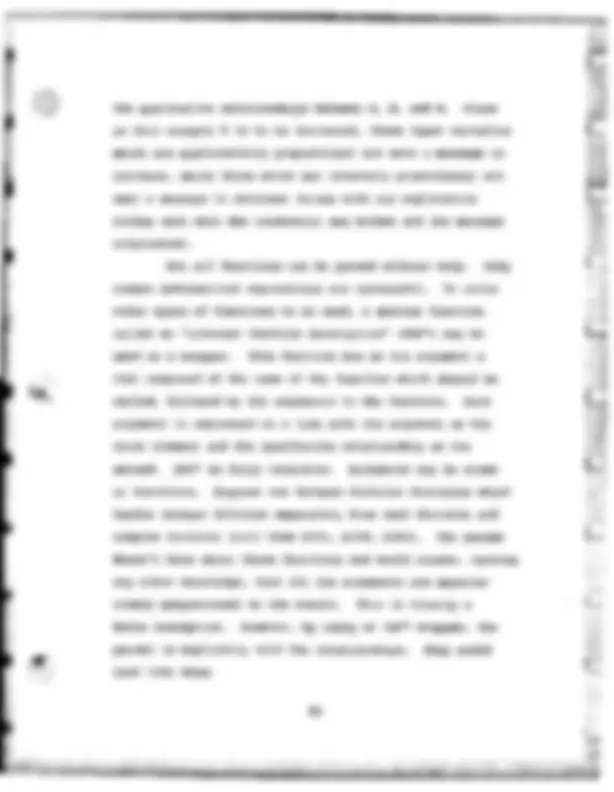
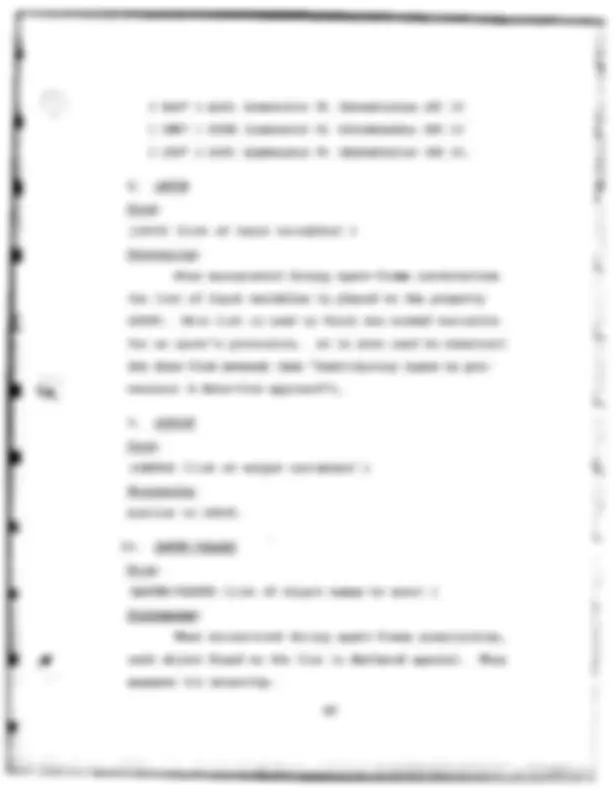
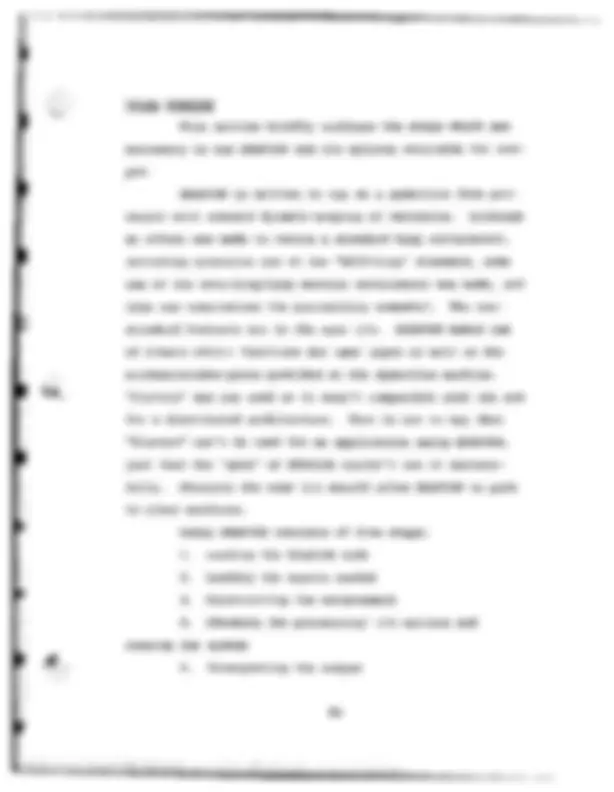




Study with the several resources on Docsity

Earn points by helping other students or get them with a premium plan


Prepare for your exams
Study with the several resources on Docsity

Earn points to download
Earn points by helping other students or get them with a premium plan
Community
Ask the community for help and clear up your study doubts
Discover the best universities in your country according to Docsity users
Free resources
Download our free guides on studying techniques, anxiety management strategies, and thesis advice from Docsity tutors
This thesis investigates the potential of parallel processing for minimizing computational costs in search intensive algorithms. It discusses the limitations of current parallel processing systems and proposes a tool for analyzing problem types and determining expected performance improvements. The focus is on AI applications and heuristic search.
What you will learn
Typology: Study notes
1 / 164

This page cannot be seen from the preview
Don't miss anything!





























































































AO-ft63 94? (^) EXANINATION REASONING IN OF REAL-TINE A NODEL.. FOR (U) THE AIR (^) PILOTFORCE ASSOCIATE INST OF TECH AM 1/ UNLSIIDDEC^ NRIGHT-PATTERSON 85 AFIT/GCS/ENG/'83D-12^ AFI^ OH^ SCHOOL^ OF^ ENGI.^ D 0 F/G^ NORAN 6/4 U
MIRCP (^) NIINBRREOUIOL AO (^) SAN ETRD 193 HR
N.
ww.
AFIT/GCS/ENG/85D-
DTIC
REASONING PILOT IN (^) REAL-TINE ASSOCIATE: FOR THE AN EXAMINATION OF A MODEL BASED APPROACH TO REASONING INTELLIGENCE IN REAL-TIME SYSTEMS FOR USING ARTIFICIAL A DISTRIBUTED ARCHITECTURE THESIS
" i^ -
Douglas (^) AFIT/GCS/ENG/85D-0. Norman, Captain, 12 USAF
Aref .p.
. - .-.- .*^.
AFIT/GCS/ENG/85D-
-" (^) REASONING IN REAL-TIME FOR THE PILOT ASSOCIATE: AN EXAMINATION OF A MODEL BASED APPROACH (^) TO REASONINGINTELLIGENCE IN REAL-TIME SYSTEMS FOR USING ARTIFICIAL A DISTRIBUTED ARCHITECTURE
THESIS
Presented to the Faculty (^) of the School of Engineering of the Air Force Institute of Technology Air University In Partial Fulfillment of the Requirements for the Degree of Master (^) of Science in Computer SystemscesoiF NTIS (^) CRA&I U
Douglas 0. Norman, B.S. By........... Captain, USAF (^) , AvailabdfitY (^) Codes It Avail~do
December 1985 tEA Approved for public release; distribution (^) unlimited .- QuAJ..T^ IT^ "
--- I
Since the area of this thesis is nominally the Pilot Associ- ate, this would be less than ideal. Why did I do this thesis? Today, many assert that they will build "real-time" Artificial Intelligence systems which will do all sorts of wonderful things. Building these systems seems to be an ad-hoc affair where one builds a system; runs it; discovers it won't (^) work in "real-time" except on toy problems; then builds another system. The lessons learned tend to be of the type: "get a faster com- puter," or "it'll be alright when parallel computers are perfected." The algorithms used tend to go unexamined. I found my education in the theory-of-computation (^) sequence prepared (^) me to approach the real-time AI problems from a slightly different perspective than that which I found in the literature or as presented by many government contractors. This perspective seemed to highlight some errors in thought that they exhibited. This seemed to make "real-time A" ideal for a thesis as it is both interesting and timely.
- Douglas 0. Norman
iii7 7
Table of Contents
iv
' ~. * a.
List of Figures Figure Page
1. The Data-Flow Network for the Example^ Problem^^32
vi
Figure Page
19. Completion Times and Speedup for (^) Scenario 2 Using PPM (^) 100
vii
-77-771 Z
Abstract
The use of artificial intelligence^ (AI)^ techniques for pilot aiding in real-time (DoD Pilot Associate--PA) introduces some seemingly intractable^ problems.^ Most algorithms which will be used in a PA are search intensive with exponential-order-time-complexities.^ The^ thesis^ out- lines the problem, and explores the possibility of^ using parallel processing for minimizing the computational costs. Methods for, and results from, distributing data and functions among many processors are^ presented.^ An^ exten- sion to the blackboard structure^ used^ in^ many^ Al^ systems, called a^ "virtual^ blackboard"^ is^ introduced.^ The^ results and techniques are bundled into a prototype distributed^ data- flow constraint-network application system^ called^ DDAFCON. DDAFCON is discussed, and a flight-planning application is presented using DDAFCON. The results are discussed. It is shown that the maximum speedup due^ to^ parallel processing is bounded by^ the^ number^ of^ processors^ which^ a^ ..^ -, problem solution can accept. An algorithm is presented for finding the maximum number of^ parallel^ pieces^ of^ a^ problem solution. In general, distributing an intractable problem over many processors^ is^ unlikely^ to^ result^ in^ a^ tractable problem. Reasons^ for^ this^ are^ explored.
ix
7--...
The thesis concludes that generalized AI^ structures and reasoning paradigms (specifically, "deep models"), although seemingly^ required^ for^ the^ performance^ level desired for applications such as the PA, may not be^ realiz-
for developing real-time AI systems is suggested.
x
,'..
*- .. J '' -
° a
Iii
-- ' which the PA would need^ to^ perform^ include:^ intelligent navigation, mission planning (and dynamic re-planning when unforeseen conditions dictate), intelligent internal^ sys- tem monitoring, emergency procedure aids, standard pro- cedure monitoring, threat assessment, and tactical advise- ment. A Computation Issue Most of the AI programs which will be used to auto- mate the high-level cognitive-type tasks in the cockpit are composed of search intensive algorithms which fall into the class of algorithms known as "hard" problems. Formally, this group is defined as "NP-Complete," and all are characterized as having exponential order time- complexity which, in the worst case, involves complete enumeration of all possible solutions (1). At this date, no algorithms faster than exponential time-complexity are known or anticipated. The schema which can be used to develop a mental picture of the behavior of these algorithms is a decision.* search-tree (27). Every increment in depth in the tree gives an exponential increase in the number of^ tree^ nodes and a combinatorial increase in the number of potential paths to search. Clearly, the greater the branching factor (out-degree) of a node, the quicker the^ "exponential _f explosion." If the branching factor can be reduced to one,
. ,..
the tree degenerates (^) into a linear list; however, for any branching factor greater than one, the exponential nature .': of the algorithm remains, "tamed" somewhat but still present. Search reduction techniques have been developed (A, A,* B, C). In essence, these techniques attempt to reduce (^) the effective branching factor of the search. In AI, many researchers attempt to limit the^ problem's^ search-^. space by applying knowledge. Schank (33) developed the notion of a script to store (^) sequential-pattern type knowl- edge in a data structure. Once a script is instantiated, the typical behavioral sequences are available for reason- ing. Rouse's (^) (22) observation that flying is very "scripty" allows (^) the "usual" situations to be captured in a structure which can be accessed in time proportional (^) to the number of scripts (17). (^) What happens if a situation doesn't fit a script? If no other techniques are available, either the machine can give a "default" answer which (^) may or may not be appropriate, or (if a general reasoner is available) it must reason about the situation from a model of the environment. (^) Immediately, we're back into the exponential time complexity problem; and this is probably the time that help is most needed, when the situation is not nominal. The necessity to use algorithms (^) of this type raises the issue of whether real-time performance (^) can be extracted reliably from these systems. From the work that has been
(^3) N
% %.... (^).
-- knowledge are not sufficiently deep representations of the aerospace "world" to capture the types^ of^ knowledge^ needed^ K to reason in novel situations (10; 11). Rather, a computa- tional model of the environment is built which is rich enough to examine novel situations. This generality seems to be required of a PA which is to actually fly on missions rather than exist as a laboratory curiosity. The cost of the generality is shown to be quite high.
The Task of "Planning" Planning, in the AI literature, is defined as
... deciding on the course of action before acting.. (8:515). In a programming sense this can be envisioned as a search through a decision tree to discover a successful path. The nodes in the tree represent the various opera- tors available to bring the items being planned over into some acceptable tolerance. The path described by the excursion through the tree is the "plan." The order of the operators (^) in the path string is the order in which the (^) - operators are applied to the domain items to effect the plan. Planning need not be a blind search, as implied by the above description. Rather, many schemes exist which limit the branching in the tree, or reduce the effective depth. Besides the "scripts" method already mentioned,
. 3"* - j , 3. .J****. °.
This approach limits (^) the complexity by concentrating on developing plans by abstraction (^) level refinement. In these methods, the first item planned is the planning itself (meta-planning). Thus, details are (^) not considered at the highest (^) level, but are considered once the high- level plan is in place. (^) This is an instantiation of the well-known "divide-and-conquer" paradigm of software (^) engi- "S - neering. It eliminates (^) time being spent on details which will later be discarded when the (^) plan is changed at the higher levels. Wilensky (^) (41) recognized that planning about planning (meta-planning) could be guided (search space reduced) further by using appropriate (^) "meta-themes." A "meta-theme" provides a context to work within. Wilensky maintains that (^) meta-themes are important for common-sense - reasoning. A (^) meta-theme such as "satisfy hunger" might be important to a person who has gone without food for an extended period of time. This meta-theme would guide the planning (^) that the person undertook. Other schemes (^) exist for controlling the complexity besides applying specific knowledge. Discrimination (^) nets (3; 8) is an AI programming (^) technique which has the effect of changing (for example) rule searches from depth-first to breadth-first. (^) The success of this method is dependent on the breadth of the rule-tree.